























































Florida Fire Service is the monthly publication of the Florida Fire Chiefs’ Association, provided to Florida Fire Chiefs’ Association (FFCA) members, by the Florida Fire Chiefs’ Association.
Florida Fire Chiefs’ Association
221 Pinewood Drive Tallahassee, FL 32303
Phone:(850) 900-5180
Email: info@ffca.org • www.ffca.org
FFCA Staff
Ngoc Huynh- Executive Director
Denise Holley - Office Manager
Greta Hall - Marketing Communications Manager
FFCA Board of Directors
Michael Choate - President
Trip Barrs - 1st Vice President
Ryan H. Crawford - 2nd Vice President
Harold Theus - Immediate Past President
Carlos Aviles - Secretary/Treasurer
Jeff Wagner - Northwest Region Director
Brady Rigdon - Northeast Region Director
Michael Johansmeyer - East Central Region Director
Chantal Botting - Southeast Region Director
Ian Kemp - West Central Region Director
Gregory DeWitt - Southwest Region Director
Ngoc Huynh- Executive Director
Cindy Morgan - Foundation Chair
Jeffrey Money - Senior Member
Editorial Submissions magazine@ffca.org (850) 900-5180
Advertising
Scott Leisen, Editor in Chief scott@ffca.org (386) 717-0055
Subscription rate for members is $36, which is included in member dues. Archived electronic monthly editions of Florida Fire Service magazine are available at www.ffca.org. Log in as a member and click on the Publications tab.
Florida Fire Service
September 2024, Volume 32, Number 9 USPS # 016-759
Periodical postage paid in Daytona Beach, Florida, and additional post offices.
POSTMASTER: Send address changes to Florida Fire Service, 221 Pinewood Drive Tallahassee, FL 32303. Statements of fact and opinion are the responsibility of the authors alone and do not imply an opinion on the part of the officers or the members of FFCA. Copyright 2024 by the Florida Fire Chiefs’ Association. All rights reserved. Materials may not be reproduced without written permission.
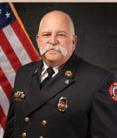




Where was GOD on September 11?
.8
Swift Response and Adaptation . .12
Plantation Mass Casualty Incident and Vehicle Extrication Training .14
Flagler County Fire Rescue Places New Helicopter in Service . . . .20
2024 Patriot’s Day Breakfast .
.22 Memorial Golf Outing –Remembering Nine Eleven
South Walton Crew Reunites with Pediatric Patient
Tampa Fire Rescue Commemorates Anniversary of September 11 . .28 FFCA New Members

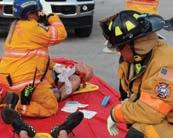
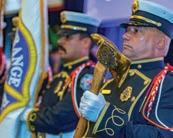
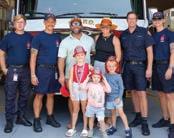
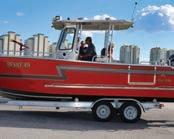
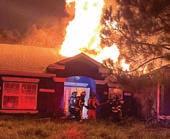



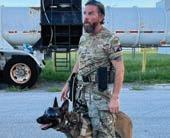

Michael J. Choate, Fire Chief FFCA President

Greetings Members;
During this past month, as your president, I have had the privilege of meeting with all of our FFCA section chairs, alongside our Executive Director, Ngoc Huynh. I asked her to arrange these meetings to help me become more acquainted with every area that we represent statewide. I approached these meetings as a kind of "staff meeting," if you will —a chance to listen, learn, and understand the unique aspects and needs of each section.
Imust say, this experience has been incredibly invigorating for me. As I listened to our subject matter experts describe each section in detail and dive deeply into their respective needs, I could hear the pride and passion in their voices. It’s been truly inspiring to witness firsthand the dedication and commitment each of you brings to your work.
It's this type of leadership that truly sets us apart from other states. Each of our sections will

begin to work more closely together for the betterment of our membership and the Florida Fire Service as a whole. To ensure our progress, we plan to meet quarterly, fostering collaboration and preventing duplication of efforts.
Through these conversations, we've discovered that each section shares similar ideas and faces similar challenges. This common ground is a powerful starting point for unified growth. Every one of our section chairs shares my passion for seeing our association grow in membership and excel in all areas of response and responsibility.
By treating these meetings as “staff meetings,” I've walked away from each discussion with a clear list of action items. I am confident that by building stronger relationships and closing the gaps we've identified, we will continue to strengthen our association and advance our collective mission.
I encourage all of you to get involved! Visit our FFCA website at ffca.org and find your niche within your area of interest. Reach out to the section chair and dive into the work that excites you. Each of you has so much to offer, and your participation is what makes our
association stronger and more dynamic. Let's come together, share our talents, and continue to make a difference!
Thank you for your openness and for sharing your insights. It is through these meaningful conversations that we continue to strengthen our organization and build upon the great work we do together. I look forward to many more opportunities to connect and collaborate as we move forward.
Before I close, I'd like to give a quick "plug" for our social media platform, FFCA Connect. I encourage all of you to get connected and stay up to date with the latest information from all of our sections. It's a vibrant space where members ask questions, share insights, and spark conversations on every topic imaginable.
Tojoin, simply visit our website and look for the FFCA Connect link in the top ribbon on the upper right side of the page. Jump on there, let’s connect, and share our ideas to keep our community strong and engaged!
To the leadership among our sections and to all of you, thank you all for your commitment to this endeavor.Together, we will achieve remarkable things for our members and the communities we serve.
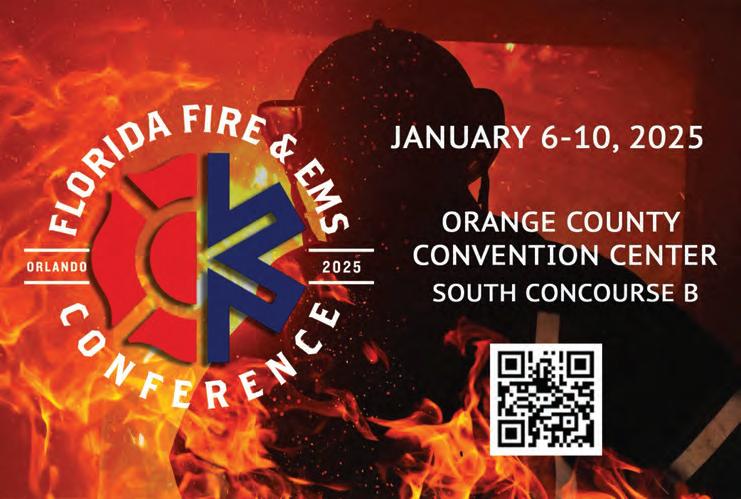







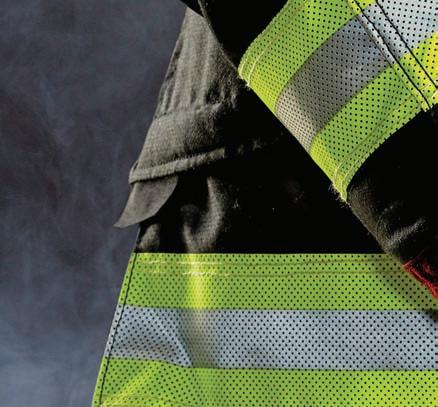



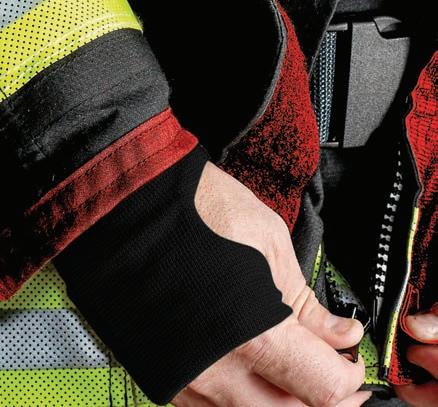
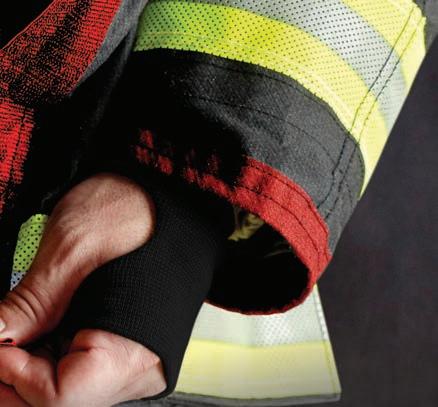




By Rick Spence
Everyone remembers where they were on Sept 11. But where was God on September 11, 2001? That is a question I have often been asked, not only about September 11, but also about several other catastrophic incidents. People seem to ask that question and imply that God is some fairweather friend that disappears at a time when we need Him most. This is a fair, honest and legitimate question to ask.
I will argue that God was in the middle of every part of the events that occurred on September 11. How else do you explain how three NY Court Officers, 23 NYPD Officers, 37 Port Authority Police Officers and 343 FDNY Firefighters were able to evacuate between 14000 and 15,000 people from two 110 story buildings in less than one hour? God was with those men as they went into those buildings. Many of whom went back into the buildings two or three different times before the towers eventually collapsed. Where does the willingness to put yourself into a situation that you may not come back from originate? I would say God was present that day
If you read some of the stories about the phone calls that were made by people who were in the Twin Towers, there are two main themes that appear The first is that the people inside the buildings talked about how they loved their family members, their husbands, wives, parents, sisters and brothers, and they would see them on the other side of this. The second theme that appears in almost every one of those phone calls is that
people were talking about the firefighters. They would talk about how they could see the fire trucks pulling up to the building. ‘I can hear the firefighters in the hallway’ or ‘I can hear the firefighters in the stairways.’ I often talk about the hope that firefighters bring to every incident they respond to. Where does the hope come from? I would say God was present that day.
In the months and years after September 11, thousands of first responders flocked to the rubble and sifted through tons and tons of debris by hand and removed it one fivegallon bucket at a time. All this was done by firefighters across the nation who wanted to help with bringing closure and healing to everyone who had been affected by the attacks on September 11. Where does that willingness to help those in need come from? I would say God was present on September 11 in the goodness, and sense of oneness that came over our nation. This was just a few months after a very close and divisive presidential election (sound familiar?) God was present there too. This same goodness led to a spirit of generosity where people all over the world gave billions of dollars in support of the families directly impacted by the events of that fateful day.I would say God was still present.
God was there on September 11, 2001, just as He is here with us today. When we are dealing with some of the darkest situations in our lives or we are celebrating some of the best days of our lives. That sense of peace,
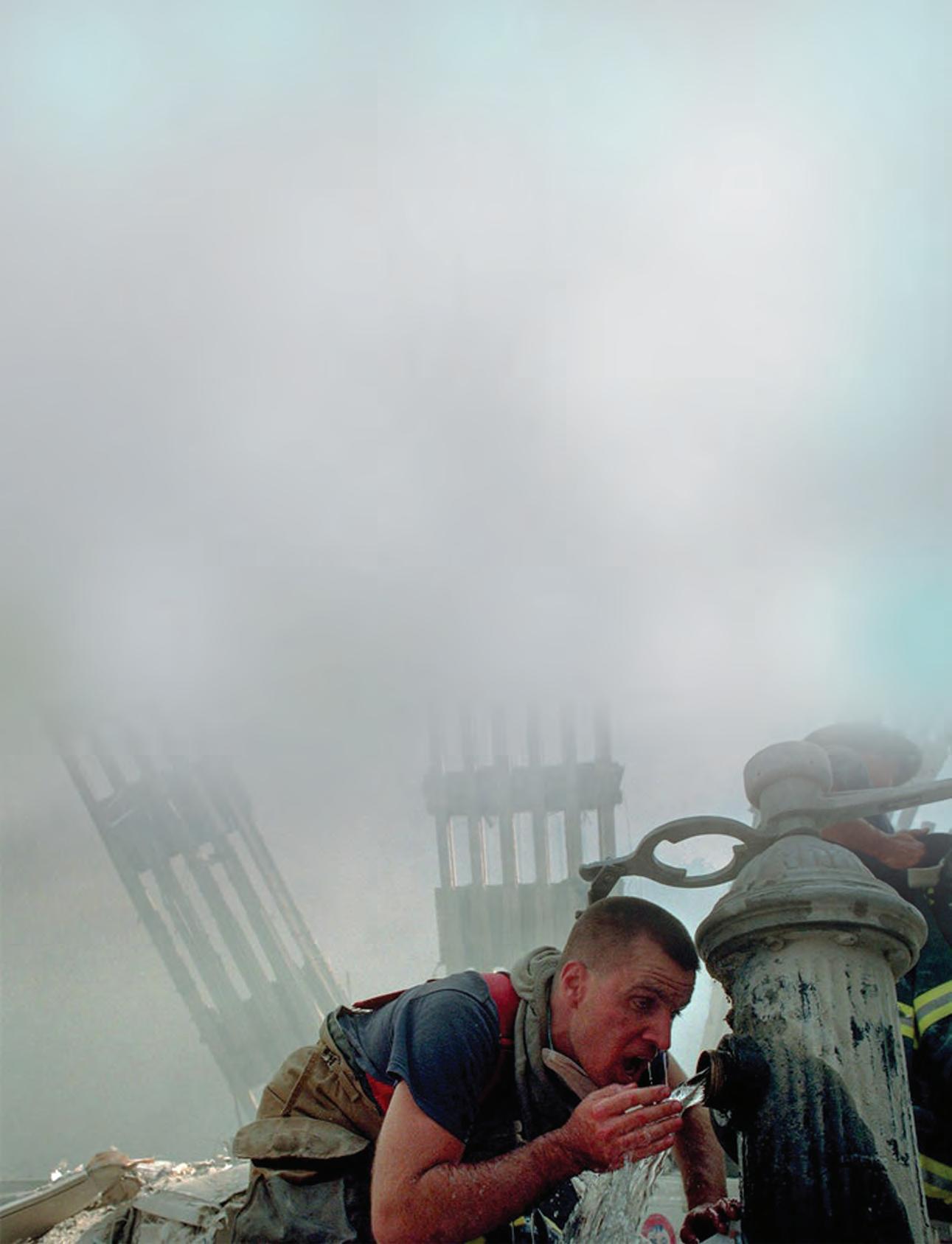
spirit of calm and quietness is part of God’s presence. God is still with us today, just as He was with us on Sept 11.
Moses wrote the Book of Deuteronomy during his 40 years of wandering through the desert while attempting to get into the Promised Land. He experienced many disappointments, trials and attacks on his people during this time. He wrote in Deuteronomy 31:6 over 4000 years ago, “Be strong. Take courage. Don’t be intimidated. Don’t give it a second thought because God, your God, is striding ahead of you. He won’t ever let you down; He won’t ever leave you.” (The Message) This is still as relevant today as it was then. I’ve heard it said that ‘whatever come your way, God comes with it.’
Rick Spence retired as Assistant Chief from the Reedy Creek Fire Department after 30 years. Heis currently the Chaplain for the Florida Fire Chiefs’ Association, Central Florida Fire Chiefs’ Association,Reedy Creek Fire Department, Lake County Fire Department, Clermont FireDepartment, Maitland Fire Department, and the Florida Professional Firefighters. He serves as Sergeant of Arms for the Florida Professional Firefighters and International Association of Firefighters.He was selected Florida Professional Firefighter of the Year in 2018.He has been married to his wife Alecia for over 30 years.








LightupthenightwithourFarFieldoptictechnology thatemitslightinawideandevenspreadatagreater distancethananyotherbrowlightonthemarket.You’ll havefullvisibilityofwhatliesaheadsoyoucanact fasterduringcriticalmissionswhensecondscount.











By Jennifer Huff
Prepare yourself to be successful in your personal and professional life. To begin you must set goals, short term and long term. This becomes the plan that will help you build the road map to your success. A key tip I learned about having a plan for your goals, is you need to write them down, say them out loud, and don’t be afraid to share them with others. About eight years ago I set a goal to become fire chief at the department I work for. I have not achieved this goal yet, but I continue to prepare myself for the opportunity when the time it is right. A recent short-term goal I set was to apply for and attend the Doctor of Public Administration program at Valdosta State University. Using my own advice, I applied for the program and was accepted. I used to keep my goals to myself for fear of not achieving them and being judged for failure. I have learned that writing them down, saying them out loud, and sharing them with others has helped me keep myself accountable to the goal. It taught me how to turn my fear into fortitude when faced with a difficult challenge. Be encouraged to find what motivates you and use that energy to succeed. We all must have a reason to get up every day and move through life. There will be days when that doubt will set in, and you will ask yourself, “Why am I doing this?” Knowing what motivates you will help you get through those dark thoughts and avoid those pity parties. One of my motivations is to build others up and help them succeed. This gives me the opportunity to share my experiences and learn something new. Taking the time to share your experiences and
knowledge adds value to others and will help them succeed.
I also learned that the connection between effort and success was how well you embrace humility. One way to demonstrate this is to remain willing to admit when you are wrong or made a mistake. Over the years I have learned that taking responsibility for mistakes has allowed me to grow personally and professionally. Sharing my mistakes helps others avoid the pitfalls without the pain of going through it themselves. Trust me, I can provide a wonderful example of what not to do.
Oftentimes, this connects better with others when we can learn from one another. Of course there will be some that insist on learning those lessons for themselves, even though you shared your experiences with them. I have learned that this is okay as well.
Take risks and feel free to fail! I have had more success from failing than times when I got it right the first time! It is okay to fail, because it’s more about how you react and what you do next that defines you. Don’t look at failures as permanent fixtures, but moreover as lessons that guide us to what we can improve upon. Look at them as opportunities to learn, grow, share with others, and build upon the experience. I turn failure into fuel for further motivation. I take the time to reevaluate my goals and my road map to see if I need to keep moving forward as planned or readjust. It is okay to realize that a change in direction is needed and pivot, just as long as you keep moving forward.

Your success begins with you and the goals you set for yourself. How you achieve that success will be up to you. Remember that you are the only one that can define your success. Motivation, accountability, and learning how to succeed at failing has helped me have a rewarding family life and career. Even though I am towards the end of my career, I continue to set goals and move forward.
Jennifer Huff began her first responder journey as a volunteer firefighter/EMT with Polk County Fire Rescue in 1995. In 1999 she accepted a full-time paid position with Polk County Fire Rescue and has continued her service to the present day. Chief Huff has been promoted to every rank within the department throughout her 24 years of service and was promoted in 2021 as the first female Deputy Chief of Polk County Fire Rescue. She has a Master’s in Public Administration from Columbia Southern University. Chief Huff’s everyday duties do not stop at the department. She is married with three kids, a son, two daughters, and three grandchildren. Her husband of 22 years, son, and youngest daughter are also career firefighters. Her middle daughter is a certified pharmacy technician. She is passionate about volunteering in her community.She is the Chair of the Florida Public Service Association State ExecutiveBoard and an activeprofessional member.
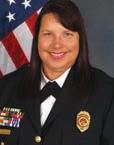
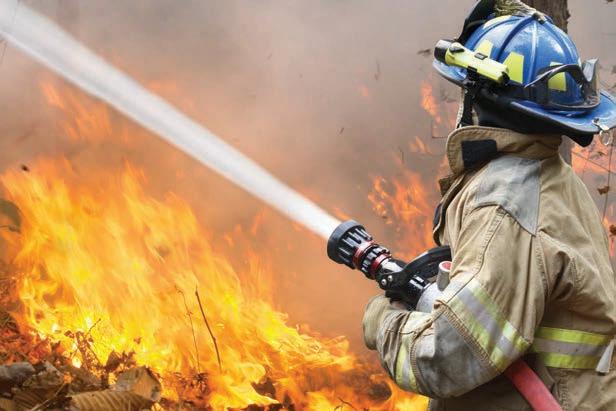
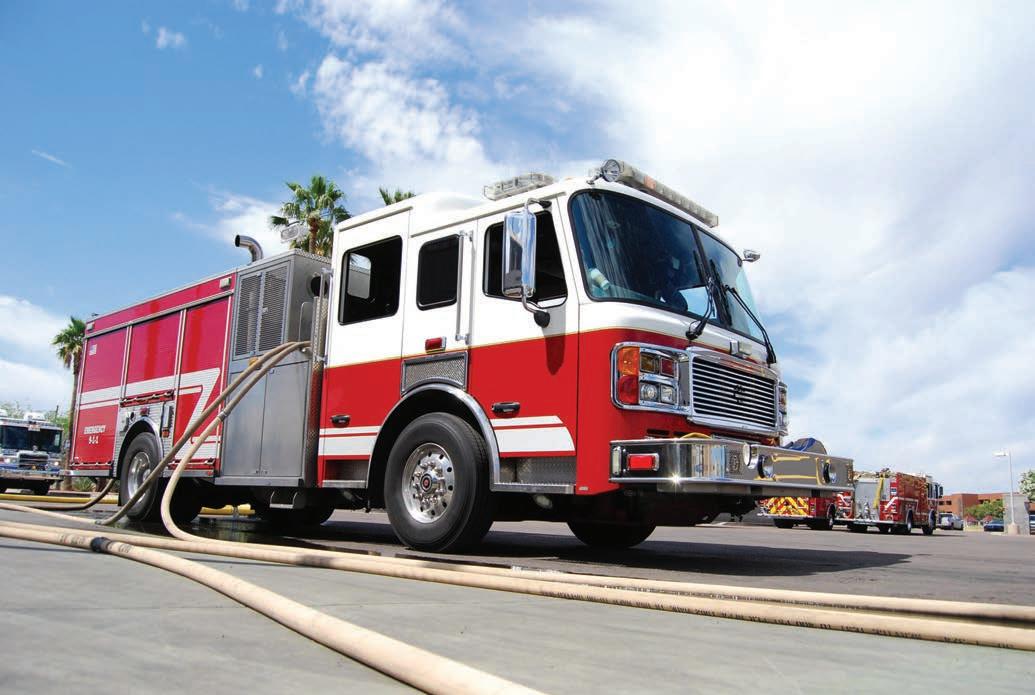
By John Ringleb, Assistant Fire Chief, PIO, Palm Bay Fire Rescue
On July 29th, 2024, B-shift crews from multiple stations responded to reports of a large brush fire in the far Southwest end of the city. Upon arrival, they were met with a far more severe situation: a house fire that was already 50% involved, with an additional vehicle fire. The crews faced an immediate challenge due to the misalignment between the initial call type and the actual scene, as a brush fire response is not equipped to handle the complexities of a structure fire.
Despite these initial setbacks, crews quickly adapted by shifting their tactics and the
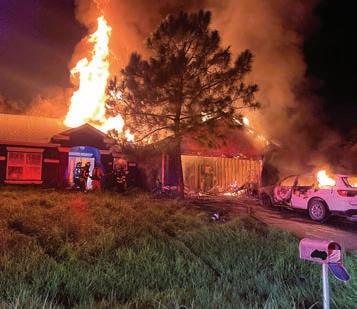
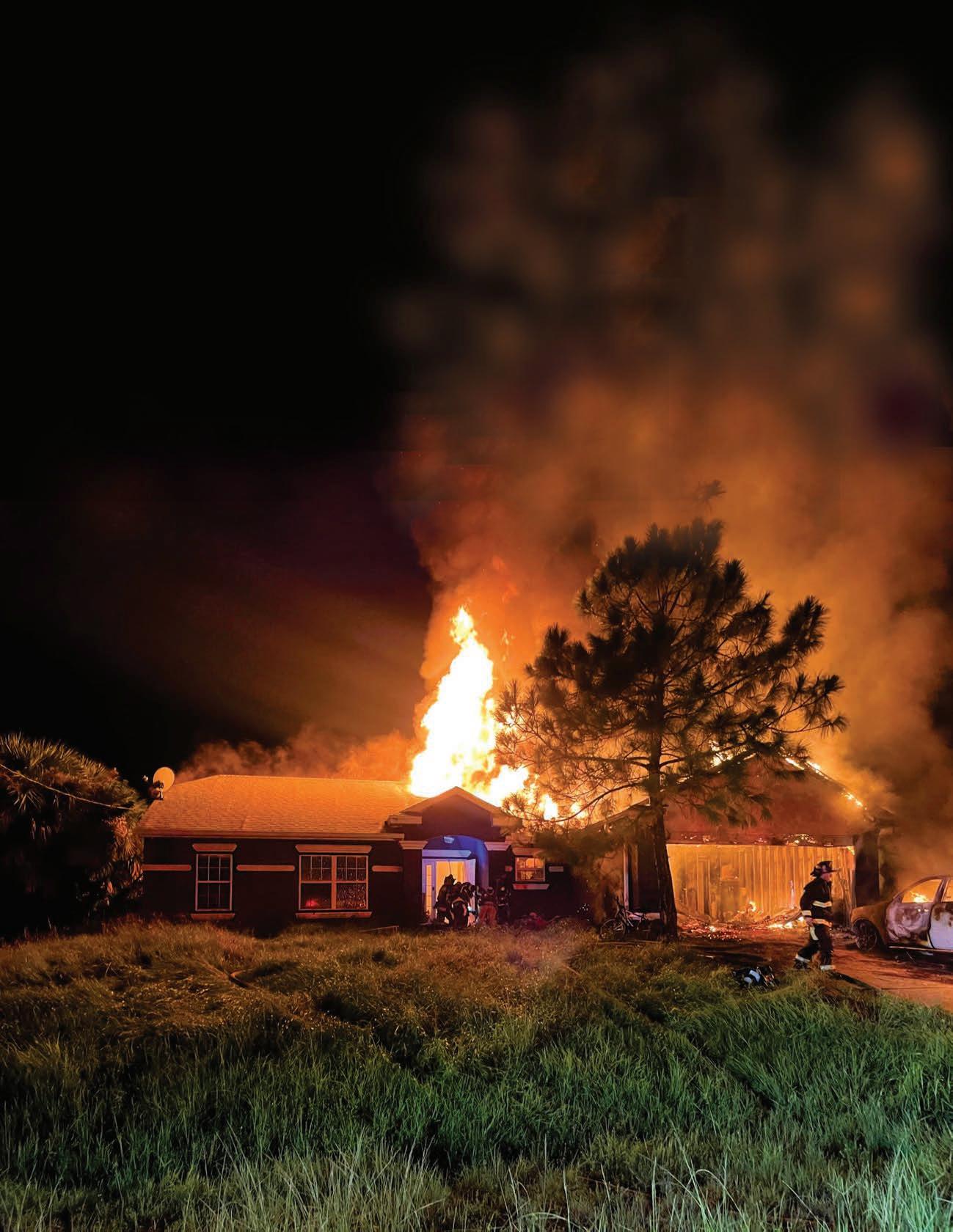
overall response type of the remaining responding stations. They launched a quick attack on the fire while other firefighters pushed a search of this well-involved dwelling. Thanks to their swift adjustments and effective response, all hazards were contained, and there were no reported injuries. The successful management of this complex and challenging situation is a testament to the skill and dedication of the well-trained members of Palm Bay Fire Rescue. The scene was left with the state fire marshal as they worked to determine the cause.


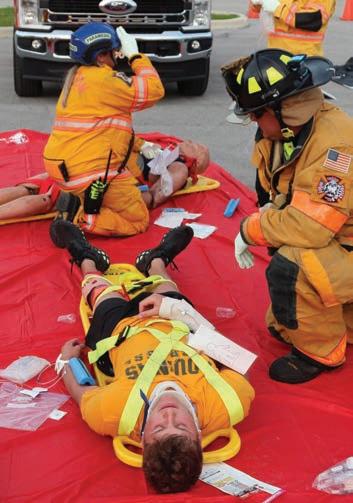
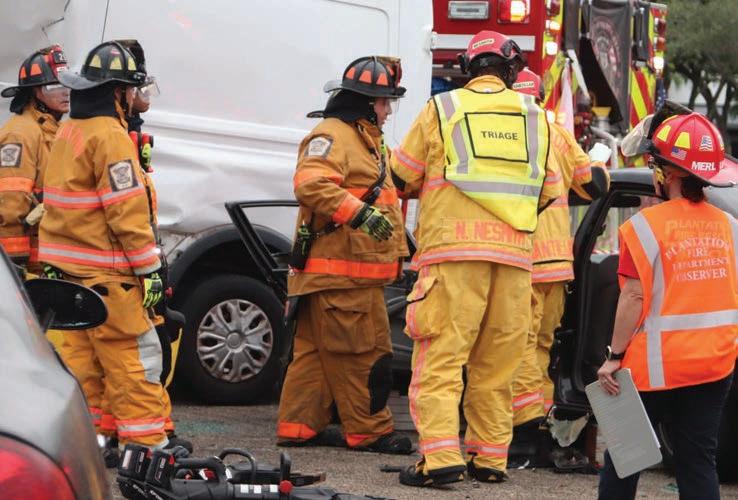

By Cary Blanchard, PhD, CFO, MiFireE, Battalion Chief, Steve Merritt, Battalion Chief, Plantation Fire Department
No training is too small or too big at the Plantation Fire Department, a six-station combination department for a 22 square mile city. Five nights of a multi-vehicle Mass Casualty Incident accident with multiple extrications were planned and executed, training and assessing personnel in every aspect. The training division worked tirelessly to create five different complex scenes with 8–13 patients, rollovers, T-bones, pinned motorcycles, patients under vehicles, impaled patients, and chain link fence wrapped vehicles. Each scene was kept a
secret until arrival and required a variety of skills and techniques to stabilize, extricate, and transport patients. MCI drills are complex and time consuming. So, every positional level was coached and tested. Drivers and crews had to control a sudden vehicle fire staged to occur during the event. Since most department apparatuses were on scene, command had to manage multiple mock incidents outside of the MCI. Battalion Chiefs and Captains filled the required positions within the MCI guideline and evaluated on performance. Every division
of the department was utilized, including their cadets as victims, CERT for rehab and support, public relations for video and pictures, and dispatch. A script was created for dispatch to use chronologically during the incident and evaluated on clarity, calmness, control and reaching benchmarks. Throughout the five nights, 18 vehicles were destroyed, over 45 victims were tagged and transported, 15 instructors planned and created each scene daily, and over 300 members were trained to control a Mass Casualty Incident.
By
In the demanding field of firefighting, prioritizing mental health is just as critical as addressing physical risks. As we know, firefighters are routinely exposed to occupational stressors that place them at a high risk of developing stress and trauma reactions, including anxiety, depression, substance abuse, and posttraumatic stress disorder (PTSD) (e.g., Gibbs et al., in press; Johnson et al., 2020). Critical incidents, in particular, can produce considerable distress and overwhelm a firefighter’s coping skills (Everly & Mitchell, 2008). Further, since serious (and often undiagnosed) mental health problems increase the risk for suicidal ideation, attempts, and completion (Martin et al., 2017; Stanley et al., 2015), it is imperative to conduct periodic evaluations of firefighters’ psychological adjustment to determine the possible need for prevention and intervention. Therefore, Nova Southeastern University (NSU) and Davie Fire Rescue began our collaboration several years ago with the aim of increasing prevention measures and early intervention resources
through the initiatives described below.
Doctoral level clinical psychology students are invited to participate in ride times with the department to gain first-hand knowledge, and experience the daily stressors involved with being a firefighter.Students must complete ride times to participate in trainings. Additionally, they are encouraged to attend the Clinician’s Awareness Program (CAP) provided by Florida Firefighters Safety and Health Collaborative for further education. Such experiences ensure the students are familiar with fundamental aspects of a firefighter’s career such as frequent exposure to critical incidents and the effects of shift work.
An initial training on Behavioral Health Training (BHT) program was provided by NSU’s psychology doctoral students to the department on signs and symptoms of the most prevalent mental health disorders within the fire service (Steinkopf et al., 2016).
Subsequently, each recruit class has received a
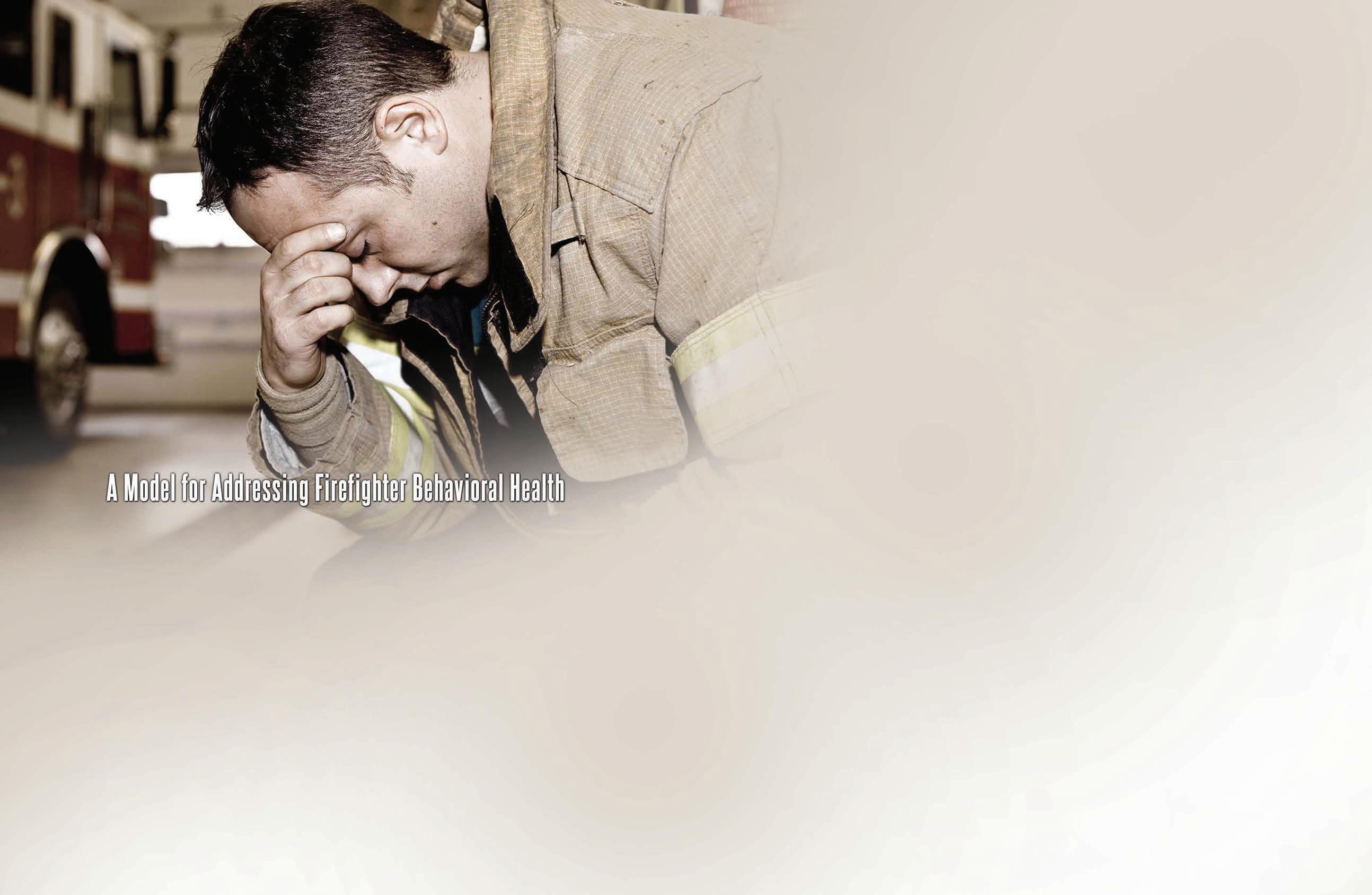
version of the BHT prior to graduation in an effort to promote prevention and early intervention within the department. An additional training, the Optimizing Firefighter Performance (Gibbs et al., 2022) program highlighted the importance of nutrition, exercise, and stress management to improve occupational performance. Both trainings included applicable skills and practices that could be implemented by firefighters to improve sleep, reduce stress, and maintain healthy habits.
In addition to in-person training, NSU’s psychology doctoral students have created online trainings to address critical incident stress management.This online training was assigned to firefighters and re-introduced the signs and symptoms of the most common mental health problems seen in first responders, key aspects of critical incident stress management, and opportunities to increase resiliency. Moreover, this training served as a review for those firefighters who have

completed a critical incident stress management training in the past.
Firefighters approaching retirement are assignedthe retirement training six months prior to retirement. Retirement can lead to a change in self-concept which may be a risk factor for developing common mental health disorders seen in fire rescue personnel (Pepper et al., 2022). Retirees are requested to attend a meeting with an NSU clinical psychology doctoral student to discuss any concerns they may have going into retirement (e.g., financial, support systems, coping mechanisms). They are also assisted in identifying their personal stress “triggers” and developing adaptive coping strategies.
Nominated firefighters volunteered to attend a peer support training developed by NSU clinical psychology doctoral students. Upon completion of this program, firefighters would be a part of the Firefighter Intervention and Response Team (FIRST). FIRST members are provided with skills on active listening and presented with the signs and symptoms of the most common mental health difficulties observed in first responders. They are encouraged to instill trust and ensure confidentiality for peers that seek their experience. FIRST members will act as a liaison between their peers, resources, and other staff, in an effort to maximize support and meet the needs of firefighters utilizing services.
Davie Fire Rescue’s recent initiative with NSU highlights a successful approach that aligns with NFPA 1582 standards, which call for comprehensive annual mental health evaluations as part of the overall health assessment for firefighters. During our annual Life Scan physicals, every firefighter participated in a mental health screening using the DASS-21 (Depression Anxiety Stress Scales) (Lovibond & Lovibond, 1995). Conducted by NSU graduate psychology students, this screening aimed to assess symptoms of depression, anxiety, and stress. Upon completion of the DASS-21, NSU graduate students scored their screeners and provided immediate feedback on the range in which the score fell (mild, moderate, severe, etc.). Regardless of their score, all firefighters were provided with a list of mental health providers in their area that have experience working with first responders. Overall, findings from the DASS-21 revealed elevated levels of stress compared to depression and anxiety scales. Although the average score on the stress scale
was within normal limits, there were several firefighters who endorsed elevated symptoms of stress, mirroring findings from national studies and highlighting the need for effective mental health interventions.
In response, Dr. Vincent Van Hasselt and his graduate students, led by Olivia Wallman, M.S., at NSU developed a tailored stress management presentation. This program introduced a variety of evidence-based coping techniques and strategies (e.g., chair yoga, progressive muscle relaxation, breathing exercises, cognitive restructuring, etc.) specifically designed for firefighters. The impact of this initiative has been highly positive. Firefighters who engaged with the stress management presentation reported significant improvements in their stress management abilities, and the feedback was overwhelmingly favorable. Participants found the techniques both practical and directly applicable to their daily experiences, significantly enhancing their overall well-being.
Through adopting these practices, fire departments can build robust mental health screenings that can address both immediate and long-term needs. Our successful utilization of psychology graduate students and the subsequent stress management program not only meets NFPA requirements but also serves as a valuable model for enhancing firefighter mental health. We encourage other departments to consider this approach to reduce the stigma surrounding firefighter mental health and foster a more resilient and collaborative workforce.
For other fire departments looking to implement similar programs, here are key takeaways from our experience:
Integrate Mental Health Screenings: Following NFPA 1582, partner with trained clinicians to incorporate mental health screenings, like the DASS-21, into annual health evaluations. This proactive approach helps identify stress levels and mental health needs.
Develop Targeted Interventions: Use data from screenings to create tailored interventions. Address the specific stressors identified within your department to ensure the solutions are relevant and effective.
Prioritize Practical Solutions: Design programs that offer practical, actionable strategies. Firefighters benefit most from techniques that can be easily incorporated into their daily routines.
Engage with Mental Health Professionals: Collaborate with experts experienced in working with first responders. Their insights can enhance the development and implementation of effective mental health programs. We’re proud of the collaboration with Dr. Van Hasselt and NSU that has led to multiple programs being created for mental health awareness, training, critical incident stress debriefings, and evaluations.
Continuously Evaluate and Adapt: Regularly assess the impact of mental health initiatives and make adjustments based on feedback and evolving needs. Engage with your firefighters, officers, and chief officers regularly for honest feedback on the mental health initiatives effectiveness. Continuous improvement is crucial for maintaining effective support systems.
Please contact: dmoran@davie-fl.gov for more information and reference material used in this article.
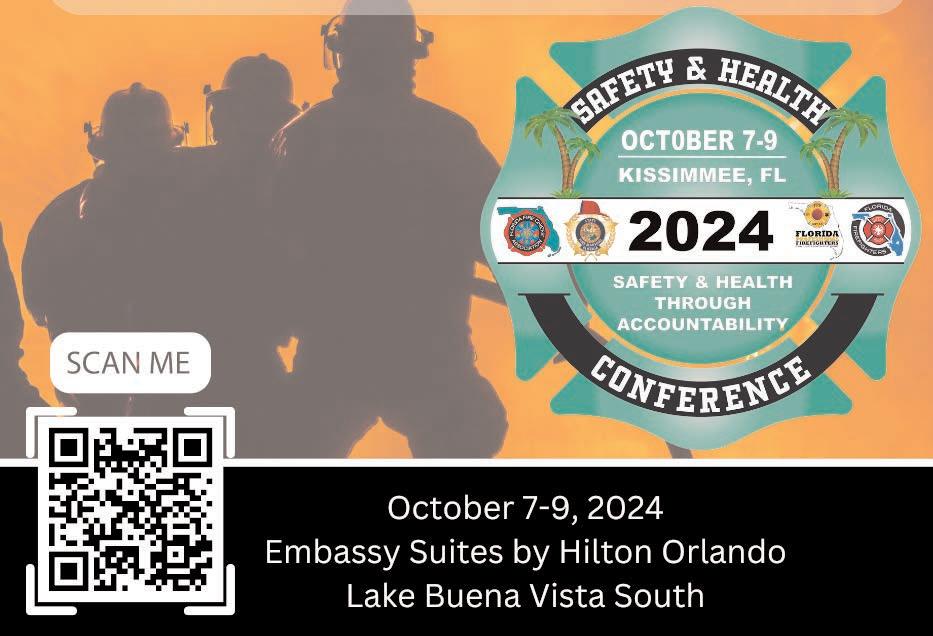
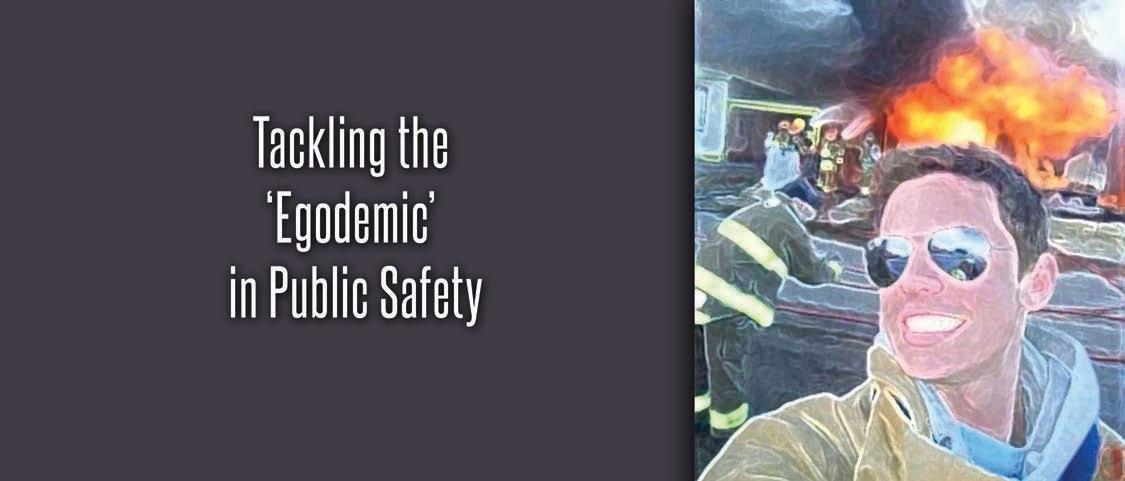
By Sam DiGiovanna
In today’s highly charged political climate, the problem of overinflated egos is very much front and center. For me, the current political campaign season has highlighted how an amplified sense of self-importance can lead to divisive rhetoric and hinder effective governance. No matter your political stance, you’ve likely found yourself turned off by the egotism of politicians who constantly put their self-aggrandizing egos on public display.
But this phenomenon is not confined to politics alone; it also extends into public safety Whether you’re in the fire service, the emergency medical service, law enforcement or corrections, the consequences of ego-driven leadership can be profoundly detrimental, affecting team cohesion, public trust and overall effectiveness in critical, high-stakes situations. Since we’re entrusted with ensuring safety, providing essential services and maintaining order, we first responders tend to see ourselves as pillars of the community. However, when we allow our egos to overshadow our duties, it can lead to a toxic work environment, poor decision-making and breakdowns in communication. I’d like to explore the pervasive issue of overinflated egos within public safety, underscoring the importance of developing humility and collaborative leadership as we serve the public good.
Unfortunately, I think many leaders get so steeped in their own egos, they don’t even see how ridiculous they look to others. So, I’ll ask you: Is your ego being honest with you or are you being honest with your ego?
Why do so many people in positions of authority act in ways that make it clear they feel superior to those they lead? I think one reason is they think their leadership roles make them
better than other people. In other words, if you tear everyone else down, who is left standing? You are, and it makes you feel superior to everyone else. Behind this is pride — the kind of pride that says, “I am better than you are.”
This attitude is wrong, not just in the eyes of other people but also in the eyes of just about every moral philosophy on Earth. The Bible warns, “Pride goes before destruction, a haughty spirit before a fall” (Proverbs 16:18). Similarly, the Torah tells us a good leader “will not act haughtily toward his fellows” (Deuteronomy 17:20) and the Qur’an notes, “Is there not in Hell an abode for the proud?” (Surah az-Zumar 39:60). There seems to be a universal disdain for prideful, puffed-up people, and yet egotists seem to be multiplying.
I see the same pride and ego very much in evidence in many of the leaders I interact with in the fire service. In fact, I have talked with personnel from many agencies that are experiencing an ego crisis within their departments.
Police1.com recently published an article in their leadership development series that provides strategies to keep your ego in check. The blinking neon signs of someone with an inflated ego are easy to identify: “The rules don’t apply to me” and “Do as I say, not as I do” are some of the common attitudes they display While not all issues associated with ego or insecurity result in criminal acts or scandals, a leader’s uncontrolled ego can contribute to an inefficient, ineffective, unsafe and possibly toxic work environment. The earlier a supervisor recognizes and addresses their issues with ego, the better chance they have of adopting strategies to develop some much-needed humility.
President Abraham Lincoln famously said, “If you want to test a man’s character, give him power.” In his article on Police1.com, Chief Ron Camacho quotes author and media strategist Ryan Holiday, saying, “Most of us aren’t egomaniacs, but ego is there at the root of almost every conceivable problem and obstacle, from why we can’t win to why we need to win all the time and at the expense of others.”
Camacho provides five tips to help supervisors become “humble, confident and influential leaders”:
1. Find a mentor or coach: We all need guidance at times, and a good mentor or coach can help you learn to manage your ego. A mentor offers career advice based on their personal experience, helping you avoid common pitfalls. On the other hand, an executive coach can encourage you to find your own solutions through a process that inspires. While executive coaching is common in the corporate world, the public safety world has been slow to accept it.
2.Develop self-awareness: Understanding your own motivations, desires and feelings can be key to keeping your ego in check. People who are more self-aware see themselves more clearly, leading to increased confidence, stronger relationships and more effective communication. It’s important to recognize how others perceive you as well. To enhance self-awareness, ask yourself “what” questions instead of “why” questions, as the former tend to be more objective and solutions-focused.
3.Adopt an “it’s not about me” philosophy: Leaders with large egos often exhibit selfishness. To counteract this, prioritize your team’s needs over your own by reminding yourself that leadership is not about personal achievements. It can be helpful to use visual
reminders like notes or wristbands to reinforce this mantra. Focusing on your team over yourself helps build trust and fosters a positive work environment.
4.Read and research: Learn from history to avoid the pitfalls of an unchecked ego. Study leaders from various fields—politicians, military generals, corporate figures—and try to understand the consequences of their mistakes. There are many resources available, from books to online videos, that offer insights on overcoming ego and developing self-awareness.
5.Lead by example: Accountability is crucial to keeping your ego in check. By setting a standard and adhering to it, you’ll be able to better inspire and motivate your team. Leading by example fosters trust and loyalty, while ignoring your own rules and standards of behavior can lead to conflict within your department. Consistently maintaining high standards helps manage your ego and strengthens your leadership.
In Spider-Man, Peter Parker’s Uncle Ben tells him, “With great power comes great responsibility.” This hearkens back to a principle illustrated in the ancient Greek story, the Sword of Damocles, about the peril faced by those in positions of power.
Damocles, a courtier to King Dionysius II of Syracuse, expressed envy at the wealth and power held by the monarch. To teach him a lesson, Dionysius offered to switch places with Damocles for a day While Damocles enjoyed the luxuries of kingship, he soon noticed a sharp sword hanging precariously above his throne, suspended by a single strand of horsehair. This threat overshadowed his enjoyment, making him realize the constant danger and anxiety inherent in great power. The tale serves as a reminder that leadership comes with the responsibility to do right by those we are charged with leading.
It’s important to keep your ego in check. In an article in Psychology Today, author Steven Stosney notes that we defend the ego through “argument, criticism, sarcasm, and coercion.” During moments when our egos feel particularly vulnerable, our instinct is to safeguard our own sense of self-worth through aggressive actions such as attack or retaliation, often disregarding truth and fairness. Facts can either be wielded as weapons or ignored altogether when our egos are under threat.
Whether it’s in a firehouse, a police station, a corporate board room or a political campaign, this is unacceptable.
Besides highlighting ways we instinctively defend our egos, Stosney also explores how
these ego defenses can lead to a cycle of hopelessness. Rather than resolving underlying issues or conflicts, defensive behaviors can perpetuate negative emotions and make bad situations even worse. He suggests a shift toward greater self-awareness and emotional regulation could offer a more constructive approach to handling ego threats.
By fostering a deeper understanding of our triggers and responses, leaders can potentially break free from the cycle of defensive behaviors and cultivate more resilient and adaptive ways of coping with challenges to their egos. In essence, Stosney asks us to reflect on how we defend our egos and consider alternative strategies that are more likely to promote personal growth and emotional well-being.
To sustain hope and foster positivity, Stosney suggests doing the following:
Stay true to humane values.
Eliminate negative labels.
Reserve judgment; be more curious than judgmental.
Also, working with coworkers and direct reports is much easier when leaders:
Show respect.
Argue to learn, not to win.
Focus on behaviors or ideas, not character. When leaders follow this advice, they may find it completely unnecessary to defend their egos because the friction between leaders and those they lead is greatly reduced. The impulse to protect the ego gives way to a stronger inclination toward authenticity and optimism.
The current political landscape vividly illustrates how unchecked egos can devolve into divisive rhetoric, leaving little room for genuine collaboration or meaningful dialogue. As we confront the pervasive issue of egotism in public safety, it’s crucial to acknowledge its profound implications for leadership and organizational effectiveness. This self-centered approach not only erodes public trust but also undermines the very foundations of effective public service.
To counteract these tendencies in public safety professions, it’s important that leaders prioritize humility, self-awareness and collaborative leadership. By fostering an environment where ego-driven behaviors are actively challenged and replaced with a commitment to collective well-being and professionalism, we can cultivate stronger teams and restore public confidence. Through these principles, we can aspire to build a future where ego takes a backseat to compassion and accountability — ensuring that our actions reflect the noble responsibilities entrusted to us.
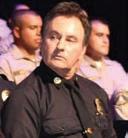
Sam DiGiovanna is a 40-year fire service veteran. He started with the Los Angeles County Fire Department, served as Fire Chief at the Monrovia Fire Department, and currently serves as Chief at the Verdugo Fire Academy in Glendale. He also is also a Senior Consultant for Lexipol and the Cordico wellness solution.

By Rob Errett, Paramedic-Firefighter, Flagler County Fire Rescue
In 1998, Flagler County became the only county in state history to get a complete mandatory evacuation order caused by wildfires that ultimately destroyed 74 homes and damaged 147. The County Commission approved buying a 1998 Eurocopter AS-350 B3 on August 6, 2001. At the time, it cost $1.1 million, plus $400,000, to transform into a firefighting unit with the 216-gallon Bambi Bucket and use as an air ambulance. This helicopter arrived in 2002 to Flagler County and was placed into service as FireFlight.
On August 21, 2024, the community bid a fond farewell to the old FireFlight as it took its final flight. Dignitaries, current and former employees, and the public all gathered to mark this significant event. This 24-year-old helicopter served its community for 22 years and was the oldest helicopter of its kind, still flying in the United States. It conducted almost 800 air medical transports, 851 fire suppression missions that included dropping over two million gallons of water and foam, 282 searches for missing or endangered individuals, and 764 law enforcement missions among numerous other all-hazard missions.
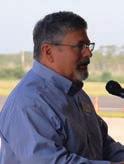
The now retired Chief Pilot Dana Morris was on hand for the ceremony as well. He, after all, operated this aircraft since 2002 when it began its service career in Yosemite National Park performing firefighting and search-and-rescue missions. Dana came to Flagler County on a two-week trial, flying the aircraft he knew well, and decided to stay for an illustrious 20-year career with Flagler County Fire Rescue, logging an
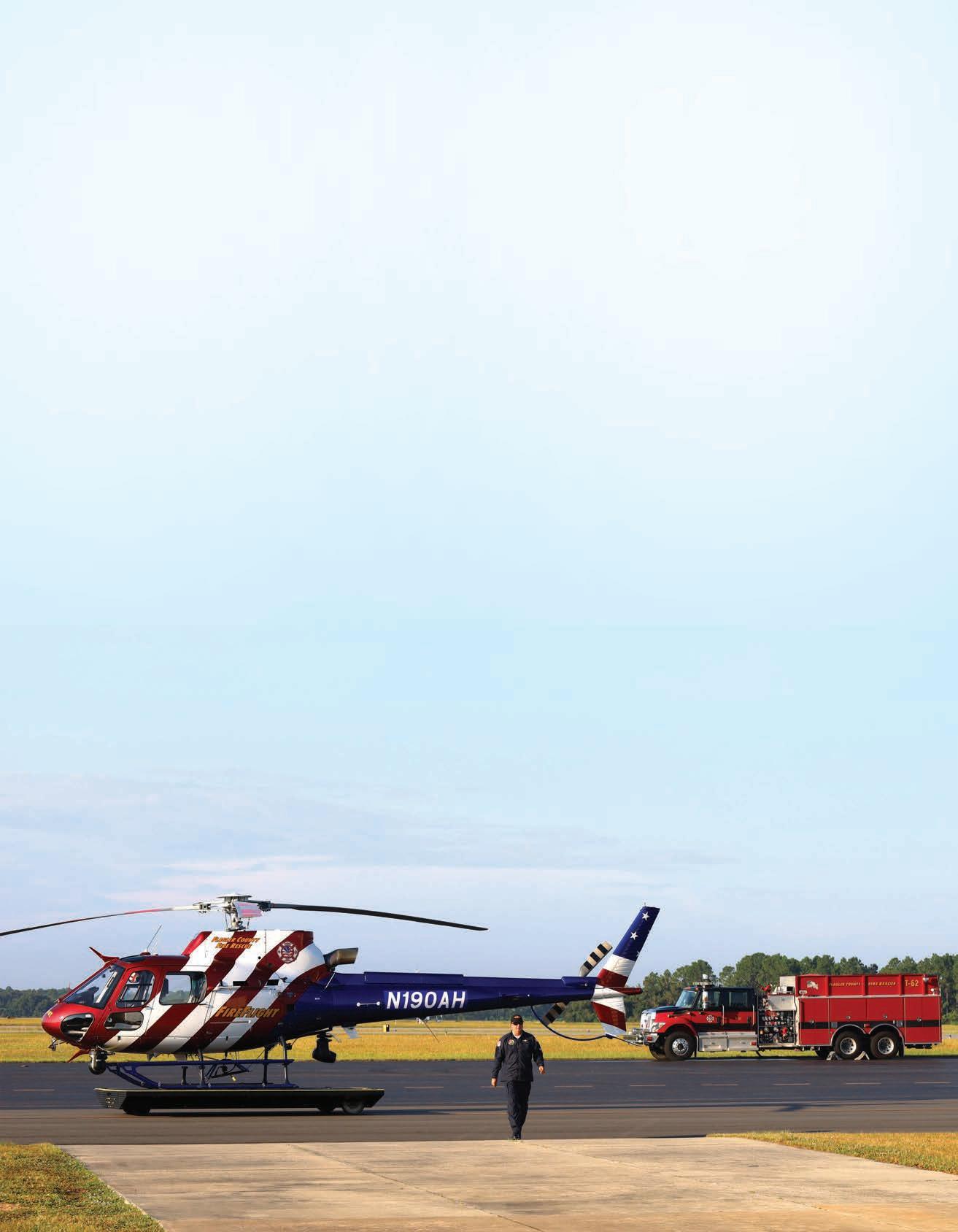
impressive 12,500 flight hours. Chief Pilot Todd Whaley has now taken the reigns of the flight program and oversees the program.
This, however, is not the end of the story of Flagler County’s FireFlight. The county has welcomed a new $5.6 million Airbus H125 to its service. It is very similar to the older helicopter, but it is outfitted with all the newest technology. This new aircraft will carry the same tail number as the now decommissioned one: N911US.
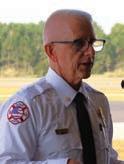
FireFlight has been an invaluable resource to all the residents and visitors of Flagler County and its surrounding areas. “We get to fires quicker We keep them small, so they don’t become big, and we don’t have another 1998 or 2000,” said Fire Chief Mike
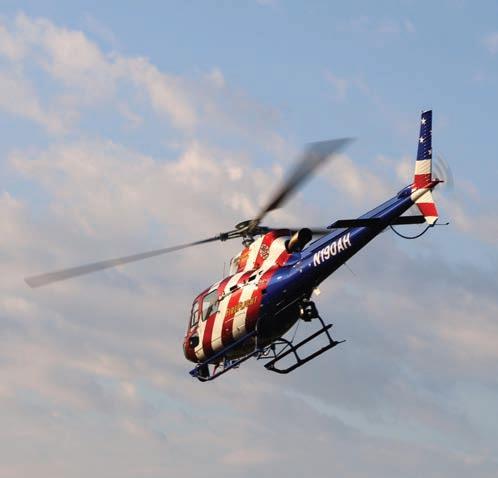
Tucker. Chief Tucker also stated, “We are not in the business of guarantees, but we are in the business of giving people (fighting) chances.” FireFlight has been very successful in accomplishing this task as no homes have been lost to wildfire since 1998.
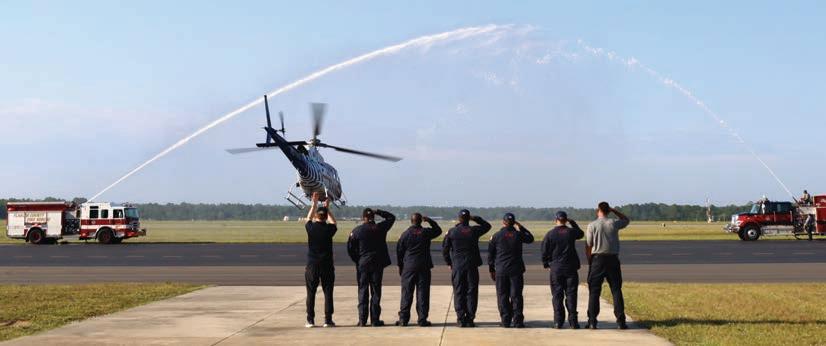

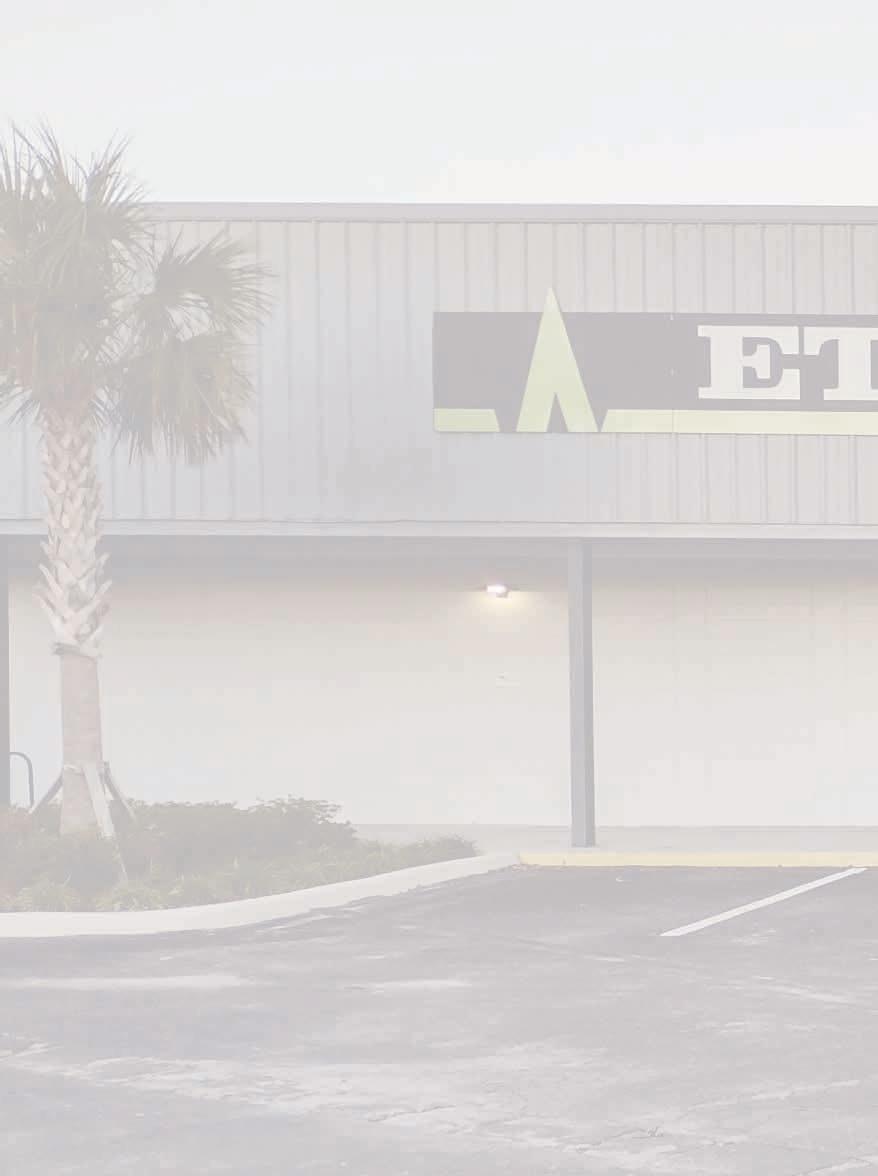



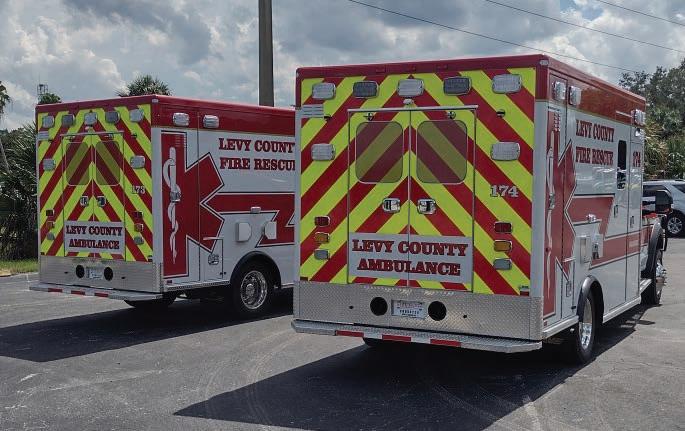











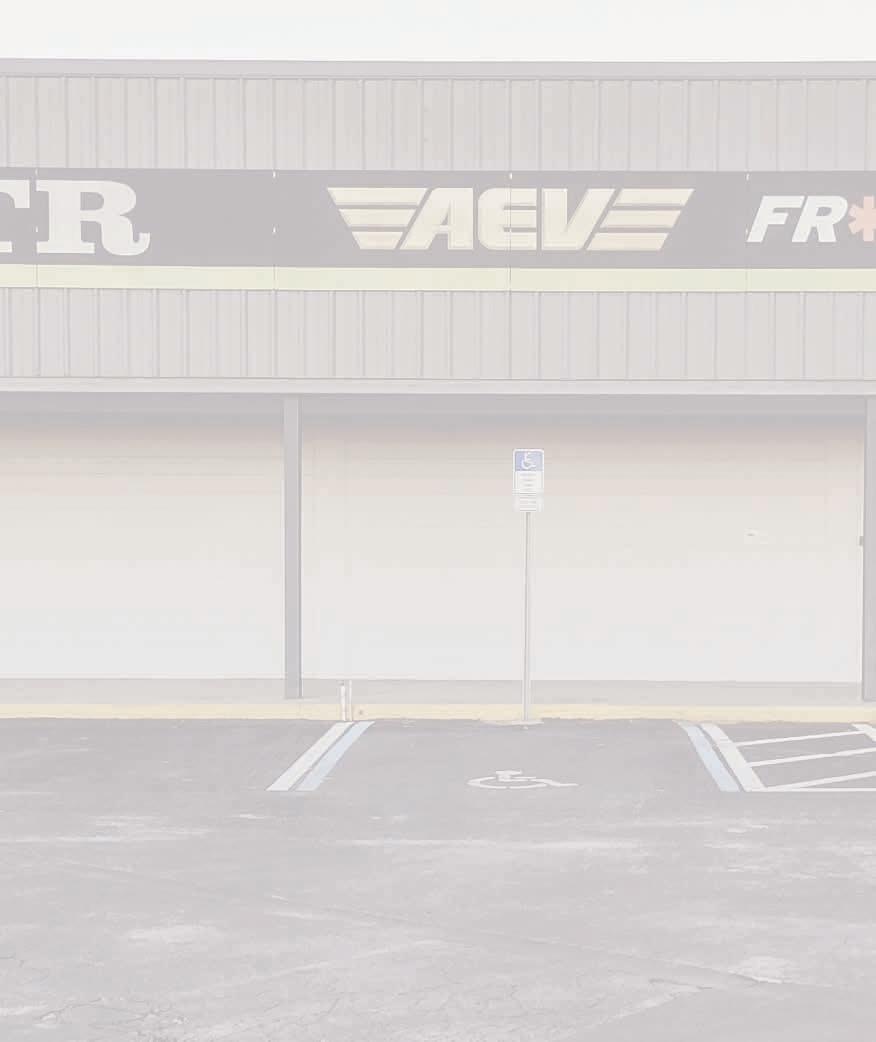








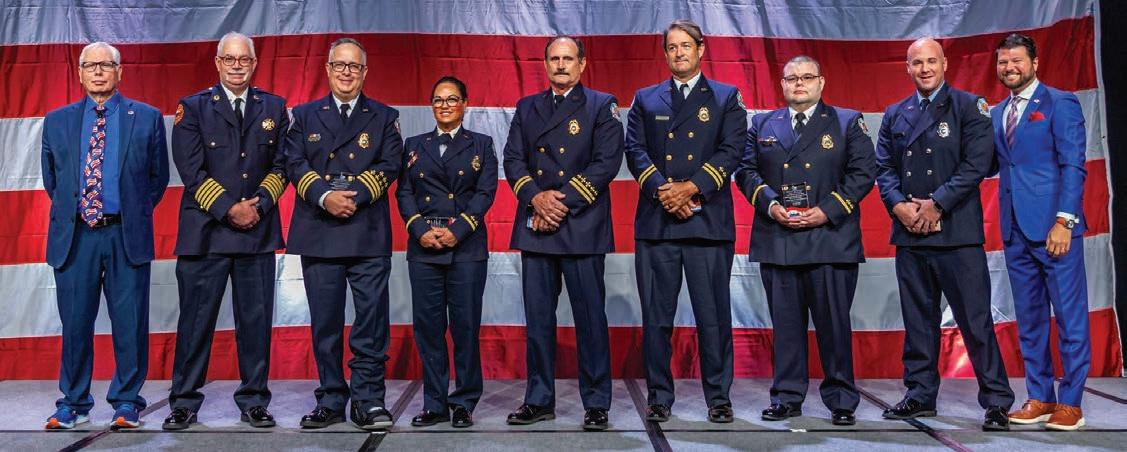
Orange County Fire Rescue had the privilege of attending the Patriot’s Day Breakfast on September 11, 2024. The ceremony was hosted by the Central Florida Hotel & Lodging Association each year to reflect on the tragic 9/11 events and honor local first
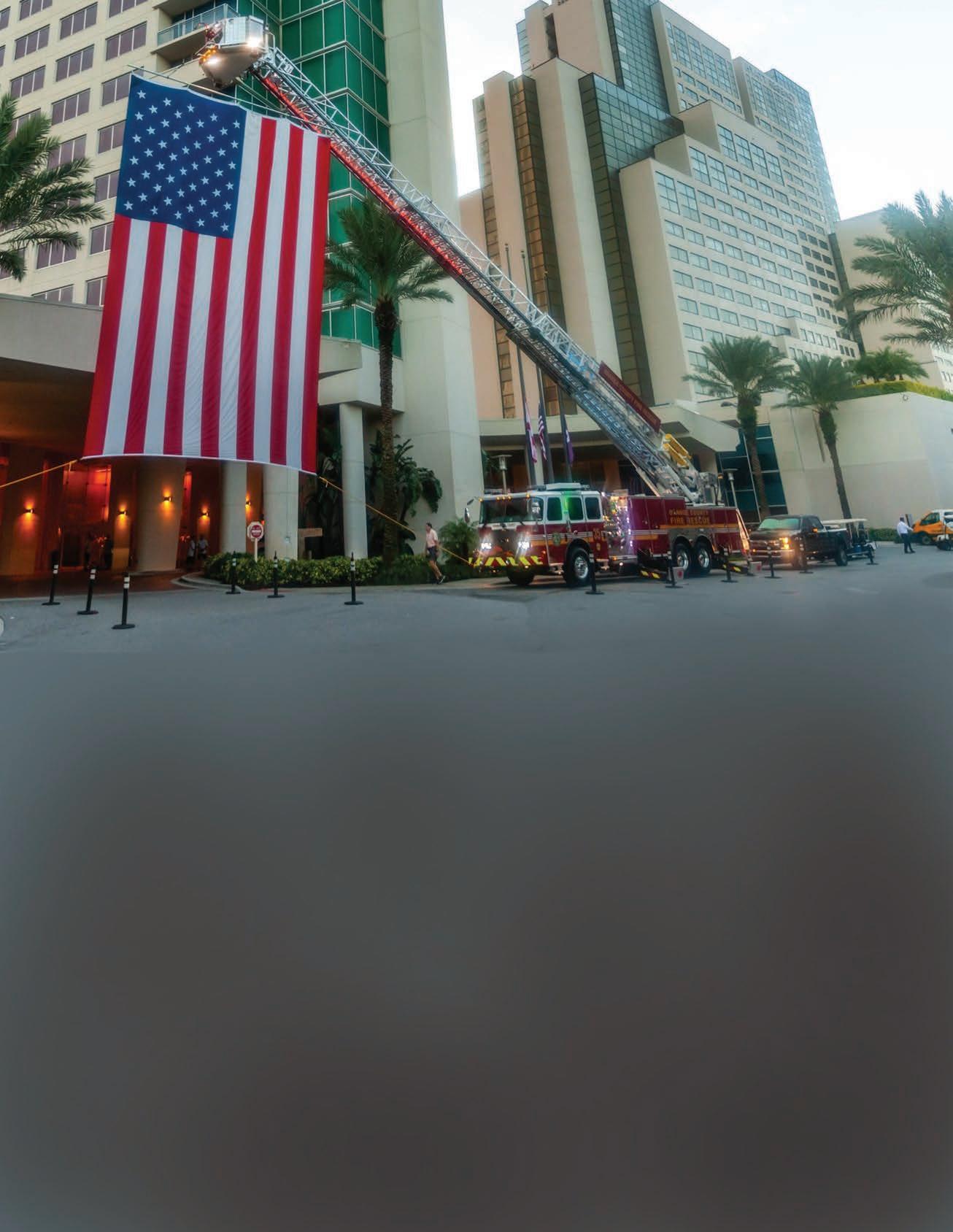
responders. Orange County Fire Rescue personnel received the Pioneering Lifesaving Award for the implementation of its Pre-Hospital Whole Blood program earlier this year. This new award category recognizes innovative lifesaving initiatives within public safety.
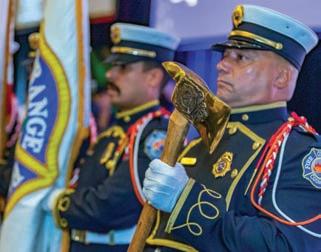

By St. Petersburg Fire Rescue
When Chief Richard Ganci took over the behavior health program at St. Petersburg Fire Rescue there was no guidebook. So, he and his team wrote one.
September is National Suicide Prevention Awareness Month,a time to reflect on the behavioral health struggles that affect people across all walks of life—including the first responders who dedicate their careers to protecting our communities. Among these brave individuals, there’s a disturbing and often overlooked truth: more firefighters die by suicide than in the line of duty.
Despite the growing awareness of this crisis, nearly 73% of fire departments nationwide still lack a behavioral health program, leaving countless first responders without the critical support they need.

For St. Petersburg Fire Rescue, that was unacceptable.
So, Chief Richard Ganci was tasked with developing a robust behavioral health program.
Six years later, he and his team had built one of the most comprehensive programs in the state, possibly even the country.
A firefighter with SPFR since 1986, Ganci retired in 2014, only to immediately step into a Division Chief role at Pinellas Park Fire Rescue. In 2018, he returned to SPFR as the Division Training Chief with one mission: to train his firefighters to be the best—and that meant not only preparing them physically but emotionally as well. "We’re training for survival,” said Ganci. “It’s my responsibility to make sure that everyone gets home safe.”
The greatest obstacle in growing the program was the stigma surrounding behavioral health, especially within firefighting. For many, seeking help is still viewed as a sign of weakness, a perception that SPFR was determined to change. Early on, the department implemented a peer support program designed specifically for firefighters, from firefighters. "Peer support is crucial because it connects first responders with colleagues who understand their unique challenges," he said.
A Florida State University behavioral health study found that 47% of firefighters have contemplated suicide at some point in their careers, while 16% have attempted it. Yet, stigma and fear often prevent them from seeking help. SPFR’s peer support program is designed to meet firefighters where they are, offering them the support they need from trusted peers.
The importance of this program hit home for SPFR when the department experienced three heartbreaking losses. One officer died due to COVID-19, and two firefighters lost their lives to suicide. These deaths serve as motivation for the department. "It’s unacceptable," Ganci said. These tragediesdrive the department’s determination to ensure every firefighter has the resources and support to prevent further losses.
In 2018, there were two behavioral health programs available for SPFR personnel. Currently, that number has grown to include nine additional programs offering a variety of support options, including free treatment from privately contracted doctors, visits from comfort dogs, monthly breakfasts with a chaplain, Critical Incident Stress Management (CISM) with sentinel call tracking, and tailored training programs based on data-driven evaluations.
“The programs have to reflect the day-to-day of what our personnel are dealing with,” said Ganci. “It’s the St. Pete way. We train to go above and beyond in everything wedo.”
True to his word, Ganci built SPFR’s in-house behavioral health program from the ground up, turning it into a model for departments across the state. His efforts have been so effective that in 2024, just one of the many programs he introduced was utilized more than 780 times.
What sets SPFR’s behavioral health initiative apart is its data-driven approach. In 2021, it was discovered that 65% of program utilization stemmed from relationship problems. Realizing they were only addressing part of the problem, Ganci and the team sought to expand coverage to include firefighters' families. "We were doing a great job of treating half the problem," he said. With the support of the city council, SPFR successfully broadened the coverage to support families as well.
Despite the success, Ganci remains vigilant,
reluctant to celebrate. "It never makes me feel comfortable," he says. "We're a brotherhood and a sisterhood—you never want to let your family down."
Ganci's determination to prevent firefighter suicide extends beyond St. Petersburg. The programs developed at SPFR are now shared with all 18 fire departments in Pinellas County, Sunstar Paramedics, and Pinellas County 911 Dispatch. Ganci monitors calls across all 20 agencies and tracks SPFR personnel who may have been overexposed to sentinel calls – those involving high-stress situations like the death of a child or suicide. Any firefighter or paramedic who has experienced multiple sentinel calls in a short time is consulted for support. Ganci tracks these alerts personally, ensuring no one falls through the cracks.
SPFR is committed to defying the odds. As Ganci puts it, "We’re a resilient workforce, but we’re human too, and we need to take care of
each other."
Ganci's tireless work has positioned SPFR as a national leader in firefighter behavioral health, but for him, the mission isn’t over until every firefighter has access to the support they need. "You want them to retire healthily, both mentally and physically," he says. "That’s the goal."

Start your job search or placement at www.ffca.org

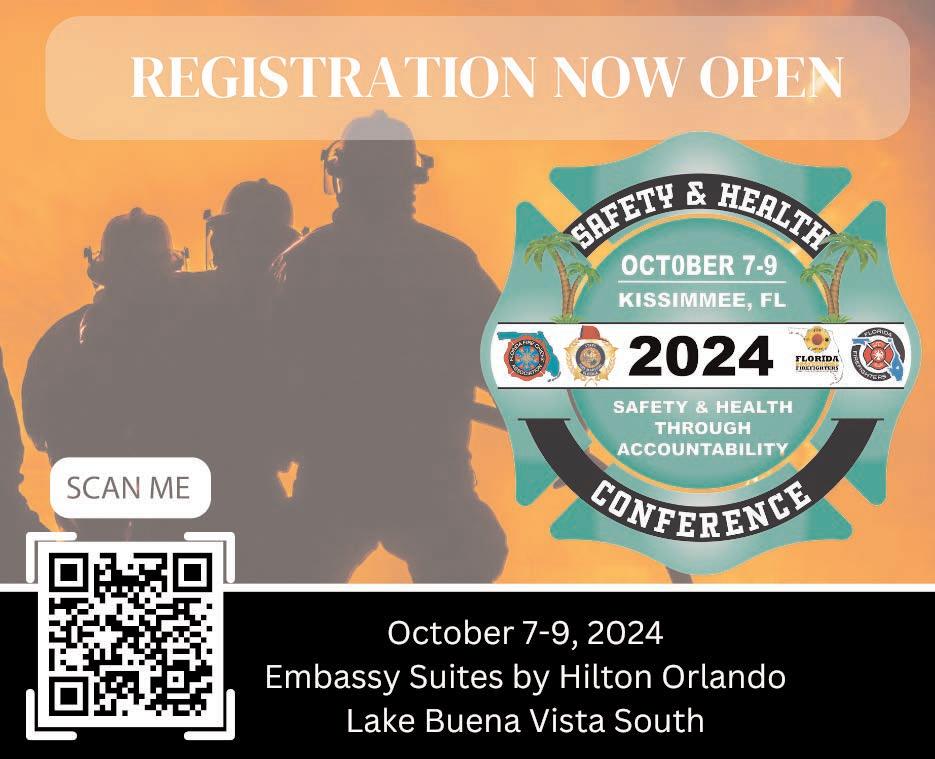
By Julie Murphy, PIO, MPIO, Communications Coordinator, Flagler County

The Hammock Beach Golf Resort and Spa, Flagler County Fire Rescue, and the 9/11 Memorial Tribute Climb, Inc., hosted the second annual golf outing at the Conservatory Golf Course in remembrance of the brave men and women who lost their lives on September 11, 2001.The National Fallen Firefighter Foundation was the big winner of the second annual golf outing held in remembrance of the brave men and women who lost their lives on September 11, 2001. Thousands of dollars were raised for the foundation and the firefighters it supports.
Flagler County Firefighter Paramedic Chris Ellis had the idea to hold a golf outing in conjunction with the Memorial Stair Climb held at the Hammock Beach Golf Resort and
Spa. The annual climb, now in its fourth year, is done to honor the 343 New York City Fire Department (FDNY) firefighters who heroically gave their lives trying save others as they rushed into the World Trade Center 23 years ago.
“Originally, my thought was to have a tournament,” Ellis said. “The plan came about so fast that we decided to do it as an outing instead of a tournament.”
Hammock Beach Golf Resort and Spa offered Ellis the use of its Conservatory Golf Course located in mainland Palm Coast.
“Thanks to the resort, we were able to ask for donations to the National Fallen Firefighters Foundation rather than charge participants,” Ellis said.

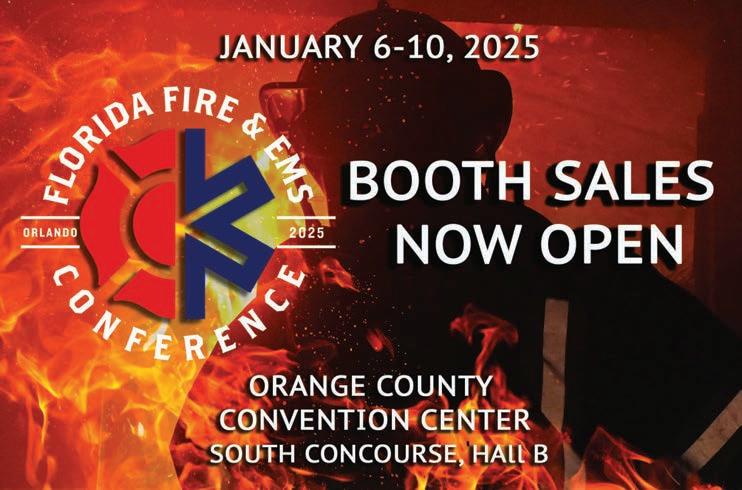
We’re thrilled to announce that booth registration is now open for the Florida Fire & EMS Conference—the largest fire service conference and tradeshow in the Southeast! Don’t miss your chance to be part of over 180,000 square feet of exhibit space and invaluable networking opportunities. Secure your spot today! Click herefor booth registration and pricing, or reach out to Denise at denise@ffca.orgfor more details.

With the extra planning time this year, the golf outing grew this year to 124 participants, four sponsors, and four donors for raffle items.
“This year we decided to continue with the word outing, because we wanted to keep with the tradition of the event being a way to bring people together,” Ellis said. “We were able to bring in several retired FDNY firefighters and honor them throughout the day.”
As of the time of production, the golf outing raised about $4,000 for charity That number will likely increase as Flagler County worked with some outside 501c3 firefighter associations.
To simplify the fund-raising process for next year, Community Paramedic Tracy Farmer took the lead to create the Flagler County Professional Firefighters Benevolent Fund. It recently received its 501c3 status and is ready to go for next year’s golf outing.
“I am so proud of our team,” said Fire Rescue Chief Michael Tucker “They don’t hesitate to run with an idea that will help us support our greater firefighting family.”
Fire Marshal Jerry Smith, who assisted with the event preparations said work has already begun for next year.
“We only had two open spots this year,” Smith said. “We’ll take care of that next year.”
Ellis concurred.
“Our hope is that we have continued success and to be able to honor those that answered the call on 9/11,” Ellis said.

By Mackenzie McClintock, Public Information Officer, South Walton Fire District
South Walton Fire District’s Station 4 C-Shift firefighters had the incredibly rewarding and humbling opportunity in August 2024 to meet with the Hunter family, who they first encountered during a medical incident on June 26, 2024. With the family’s permission, SWFD is sharing this story.
It was just past 10 a.m. on June 26 when SWFD firefighters were dispatched to a medical call in Santa Rosa Beach for a patient with severe burns. Dispatchers quickly relayed that a pediatric patient had been significantly burned in an accident at home.
Once on-scene, SWFD met two-year-old Rivers Hunter. He was suffering from severe burns on several areas of his body requiring immediate Advanced Life Support measures, as well as a medical helicopter for rapid transport to the nearest burn center.
SWFD firefighters requested a helicopter land at the nearest hospital and worked quickly with mom, Paige, to transport Rivers to the landing zone. While enroute to the helicopter, firefighters performed Advanced Life Support measures to provide Rivers comfort and treatment.
Firefighters handed Rivers off to the flight crew for transport to USA Health Burn Center in Mobile, Alabama. He was later transported for further treatment at UF Health Shands Hospital in Gainesville. His burns required several debridement treatments and grafts, but he proved very quickly he had more strength and spirit than one would think could fit inside his two-year-old body.
Approximately one month later, Rivers was discharged from Shands. His family told SWFD his doctors were blown away by his quick healing. The community at home also played a major part in rallying around the family and ensuring they knew we were supporting them from afar.
On August 7, the Hunter family coordinated a surprise meeting for the responding Station 4 personnel, complete with cake, pizza, and the sight of Rivers running and giggling throughout the fire station.
Reuniting with Rivers and the Hunter family is a healing experience for all involved that SWFD does not take for granted. The opportunity to see a patient recovering and enjoying life once again reminds all why they do the job.
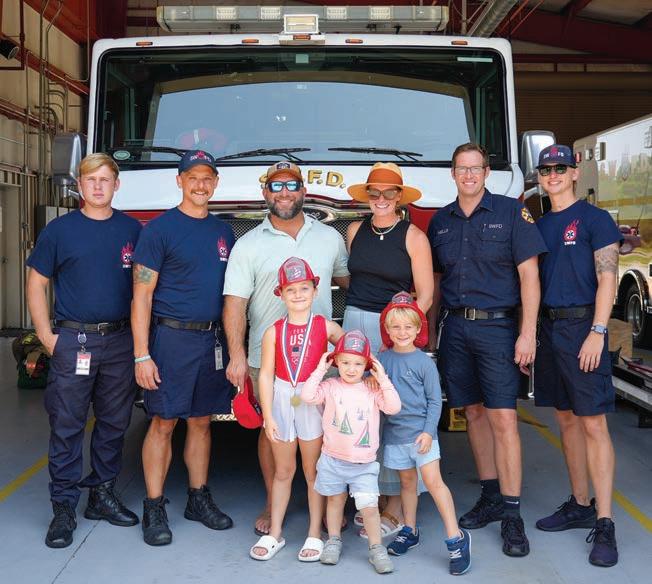
empathy and compassion they have shown to the personnel. Rivers continues to make incredible progress and has his new “family” at SWFD rooting for him every step of the way.

SWFD would like to thank the Hunter family for being willing to share their story and for the
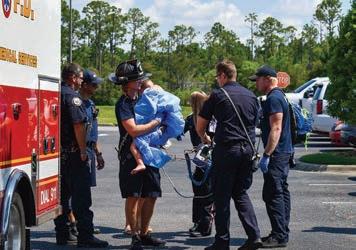
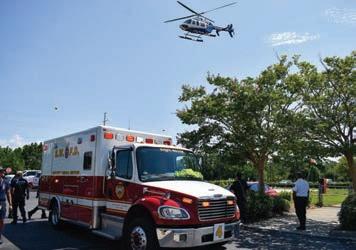
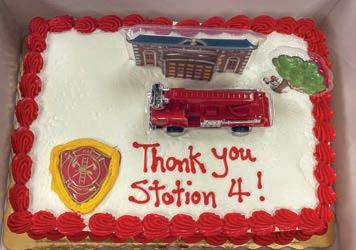

By Vivian Shedd, APIO, Tampa Fire Rescue
This year’s observance of the September 11 attacks marked the 23rd anniversary of a day that profoundly altered the world. In a moving tribute to the lives lost and the heroic acts displayed, the city of Tampa’s public safety partners joined forces for a significant memorial event.
The ceremony was held at the Tampa Firefighters Museum. This historic site is steeped in the rich legacy of Tampa’s fire service. This venue stands as a tribute to the history and valor of Tampa’s fire service. The museum, with its collection of artifacts and historical displays, provided a poignant setting for reflecting on the events of September 11 and the enduring legacy of those who served.
This year’s ceremony honored not only the victims but also the resilience and unity that emerged from the chaos. The collective strength of communities coming together to support one another served as a powerful reminder of the human spirit’s capacity for greatness even in the face of profound adversity.
Tampa Fire Rescue Chief Barbara Tripp and Tampa Police Deputy Chief Ruth Cate led the ceremony, highlighting the unity between the city’s fire and police departments in honoring those who had fallen. They were joined by John Bennett, the City of Tampa’s Chief of Staff, who offered reflections on the significance of the day for both the city and the nation.
JoAnne Rice, the Director of the State of Florida’s Fire Marshal’s Office, delivered the keynote address. Rice’s address offered a deep and thoughtful exploration of September 11th’s legacy With her extensive background in fire safety and emergency response, Rice provided valuable insights into the attacks’ impact on first responders and the broader community
As the ceremony unfolded, attendees were reminded of the importance of never forgetting the lives lost and the profound impact of the September 11 attacks. The day served as a reminder of the enduring strength and unity that emerged from the tragedy and a reaffirmation of the values that continued to
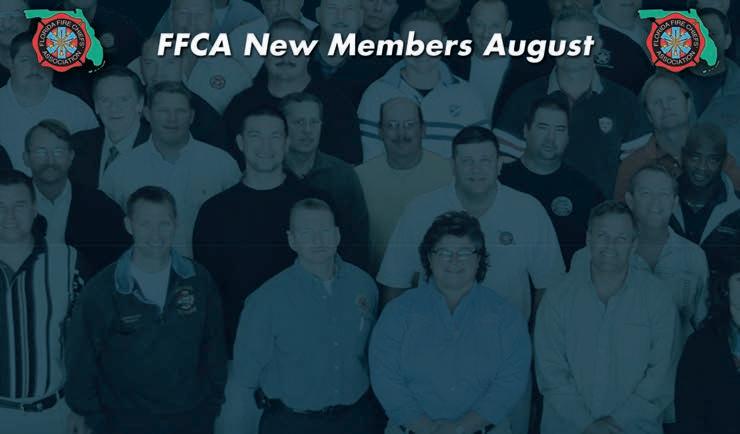
John
Todd
Ryan
Brian
Kolin
RandallParrish......................................Bradford
DerekReyes....................................Hillsborough
AnthonyRodriguez..........................Hillsborough
Rebecca
guide and inspire the community.
Tampa Fire Rescue extends our heart-filled gratitude to Director Rice, whose presence and reflections added a deeply personal and insightful dimension to the ceremony Rice’s role as the keynote speaker underscored the importance of remembering and honoring the past while looking forward with hope and determination.
While guests gathered to mark this significant anniversary, all took a moment to reflect, remember, and renew their commitment to the values that emerged from one of the darkest days in history. Through events like this, the community honored the legacy of those who came before and reaffirmed their collective resolve to uphold the values of service, sacrifice, and unity
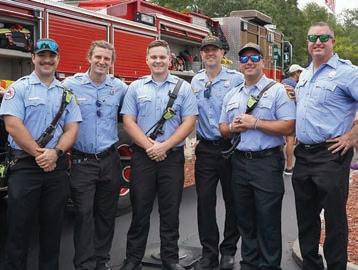
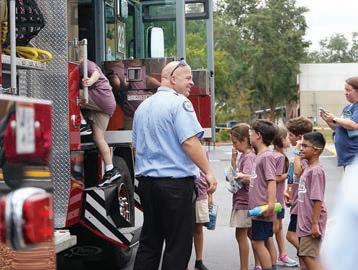

By Danny Fureigh, Fire Chief/CDM, Navarre Beach Fire Rescue District
Navarre Beach Fire Rescue is proud to present the newest addition to our fire boat fleet. This critical acquisition, which will significantly enhance our ability to respond to emergencies in the Santa Rosa Sound, was years in the making, and achieved through the combined efforts of state representatives, and generous community supporters.
Since 2018, Navarre Beach Fire Rescue has diligently pursued funding for a fire boat, recognizing the vital role it would play in water rescues. Our team faced limitations in the oftenchallenging conditions of the Santa Rosa Sound utilizing wave runners and a ten-foot inflatable zodiac for years. The new fire boat provides a safer and more efficient means of responding to emergencies in these waters, especially given the area’s designation as a critical location by the U.S. Coast Guard.
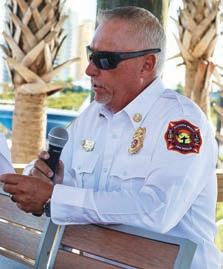
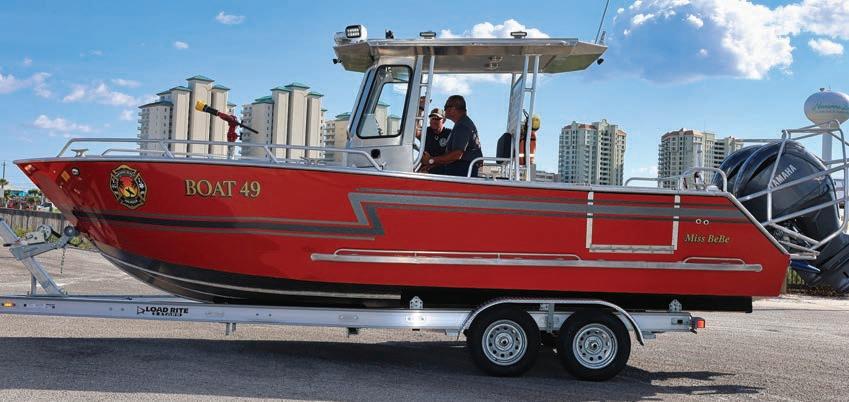
The acquisition of the fire boat was made possible through the dedicated work of Florida State Representative Dr. Joel Rudman and Senator Doug Broxson, whom both advocated tirelessly for state funding. The project received invaluable contributions from Harold and Irma Schaffer. The Schaffer’s’ generous donations not only covered the shortfall in state appropriations, but also enabled critical upgrades to the vessel. In addition, they played a crucial role in funding the SCUBA team’s training and equipment. Thanks to our fire commissioners whose vision and support have brought this
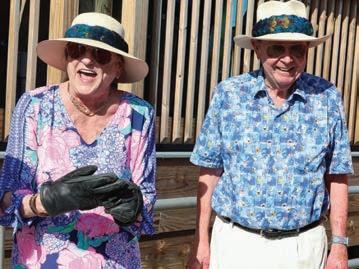

project to life. Vinyl Brothers provided discounted custom wrapping for the boat, while Christian Waters of Salty Motors will be installing the necessary electronics. Thank you to our dedicated firefighters, who undertook specialized training for operating the new boat.
The fire boat’s introduction marks a significant milestone for Navarre Beach Fire Rescue and its partner agencies, Holly Navarre Fire and Midway Fire. The boat’s capabilities will enhance the team’s ability to respond to the diverse challenges presented by the area’swaterways.

ByAshlie Handy,Public Information Officer, St. Petersburg Fire Rescue
Former Navy SEAL and FrogDog K9
Founder Dale McClellan recently visited St. Petersburg Fire Rescue on his way to a Navy SEAL Legacy Foundation event at the Don Cesar Hotel in St. Pete Beach. Duringthe event, McClellan shared his expertise in training service dogs for veterans and first responders coping with PTSD.He alsomet withSt. Petersburg Police Department K9 officers, highlighting techniques to improve K9 performance in high-stress situations. Accompanied by his service dog, K9 Storm, McClellan left an impactful impression on the first responders before departing by helicopter.
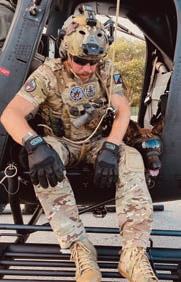
McClellan’s visit comes at a critical time, as September marks Suicide Prevention Awareness Month. First responders, including firefighters, paramedics, and law enforcement officers, often face immense stress and trauma on
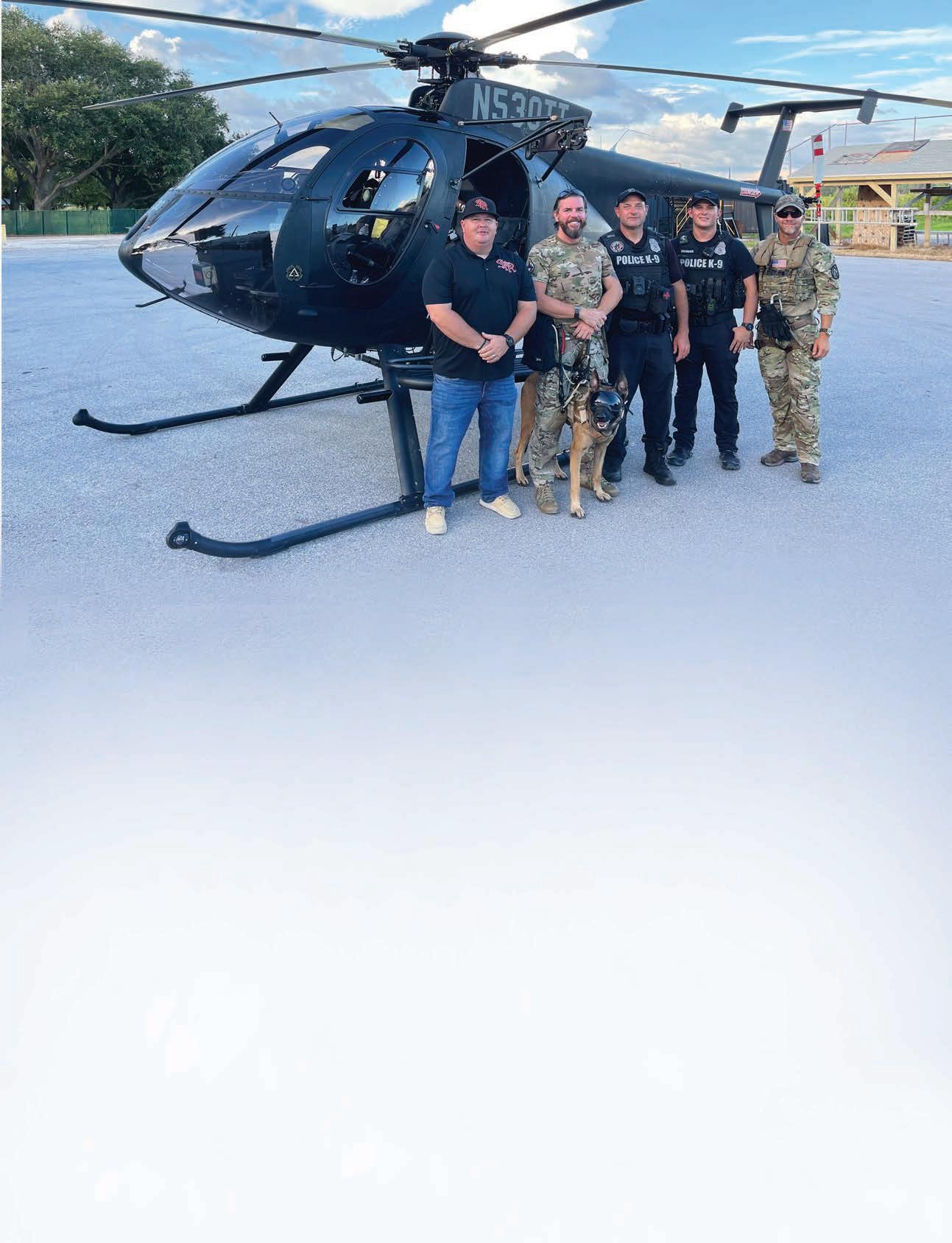
the job. The consistent exposure to lifethreatening and emotionally charged situations takes a toll, leading to behavioralhealth challenges such as PTSD, depression, and suicidal thoughts. Alarmingly, studies show that first responders are more likely to die by suicide than in the line of duty, highlighting the urgent need for comprehensivebehavioralhealth resources.
St. Petersburg Fire Rescue has become a pioneer in the behavioral health arena, leading the way with innovative programs and a comprehensive approach tobehavioralhealth care for first responders. Through the vision of leaders like Training Chief Richard Ganci, the department has developed one of the most progressive firefighter behavioral health programs in the nation. Recognizing the unique challenges that first responders throughout the Tampa Bay area face, SPFR has expanded its programs to include a county-wide peer support system and a regional critical incident team to offer support for 20 surrounding agencies in addition to their own personnel. Their focus extends beyond crisis intervention to include proactive wellness
education, family support, and reducing the stigma surrounding behavioral health. By prioritizing emotional well-being, SPFR has set a new standard forbehavioralhealth care in the fire service, ensuring that their personnel receive the resources and support needed to thrive both on and off the job.
McClellan’s visit to SPFR underscores the importance of innovative, compassionate approaches tobehavioralhealth care for first responders. As conversations around behavioralhealth evolve, therapy dogs are emerging as a new valuable tool in suicide prevention. By raising awareness and fostering open dialogue, events like this help create a more supportive environment for the brave men and women who put their lives on the line to keep our community safe.
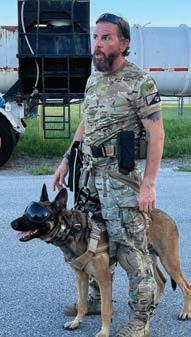
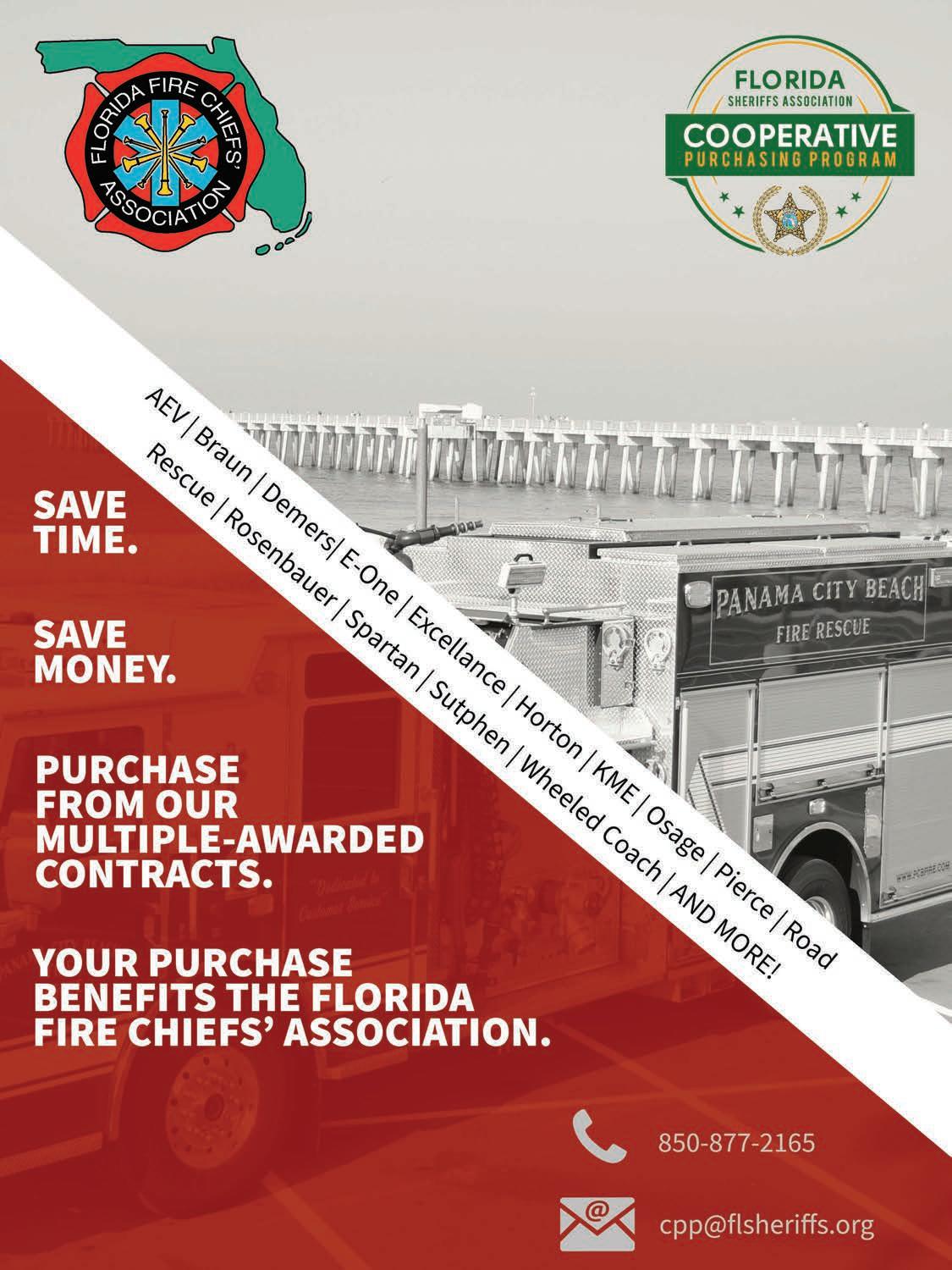
By Cory Pippin, Public Information Officer, Martin County Board of County Commissioners
Martin County Fire Rescue, in conjunction withthe Professional Firefighters and Paramedics of Martin CountyIAFF Local #2959 and the Martin County Firefighters Benevolent, organized a 9/11 Memorial Bridge Walk on Wednesday, September 11, 2024.
Hundreds of participants, including Martin County firefighters, Martin County Sheriff's Office personnel, local elected officials, and
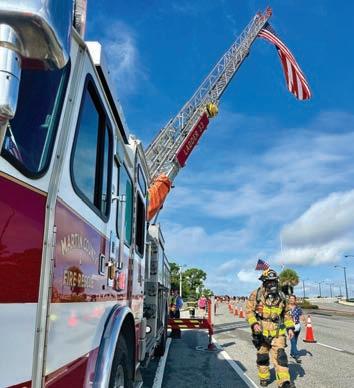
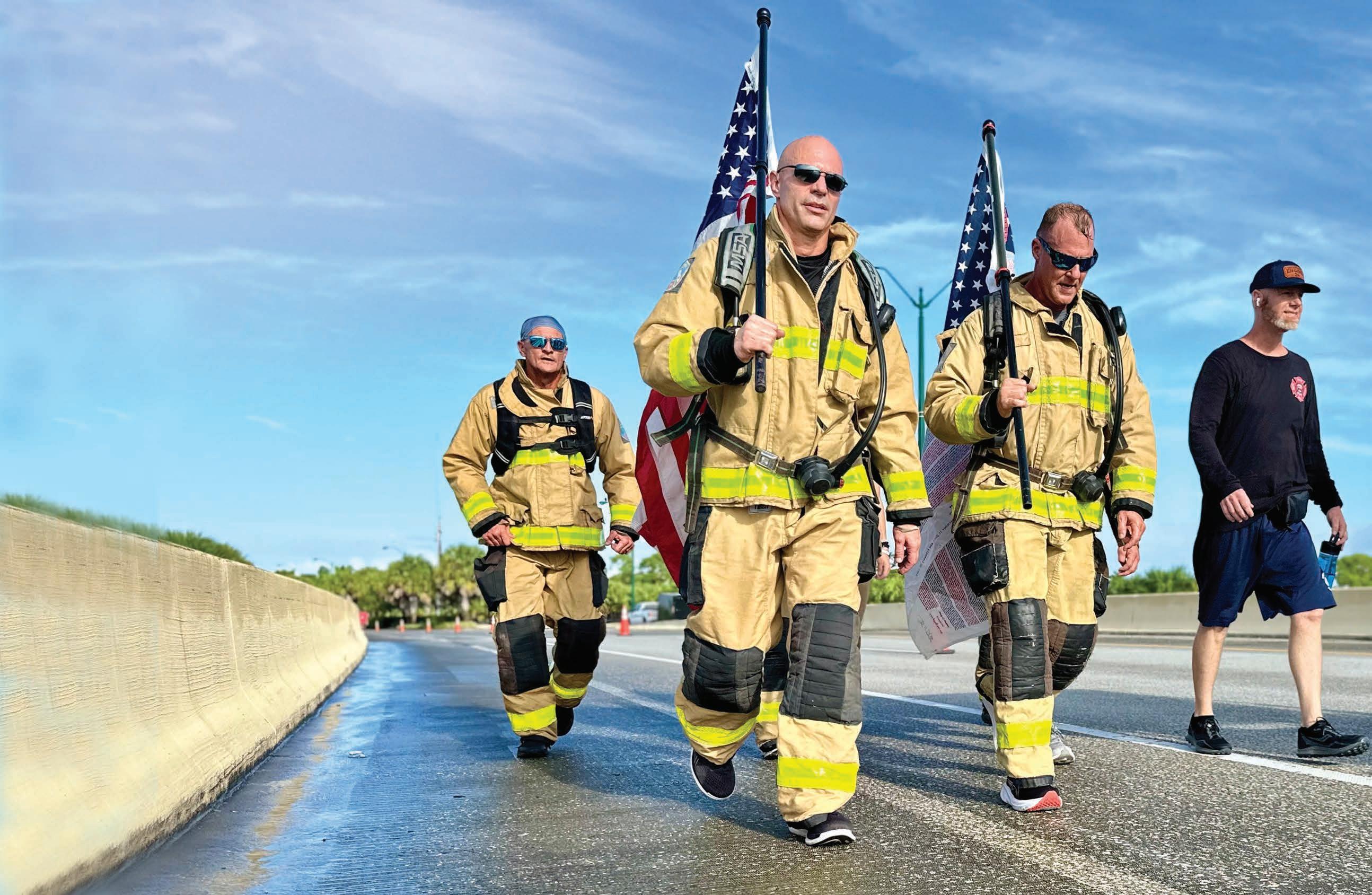
community members, took part in the event, which began with a ceremony at Jock Leighton Park in Palm City.
Law enforcement blocked off one lane of traffic, MCFR's Ladder 33 flew the garrison flag and volunteers helped hand out water to participants, many of whom alternated running and marching the roughly 3-mile distance to a shopping center parking lot at US 1 and Indian Street in Stuart.
The annual event is held in honor and memory of the nearly 3000 people killed in the terror attacks on September 11, 2001, including
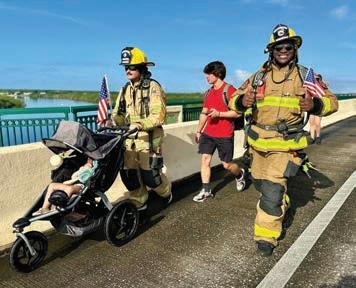
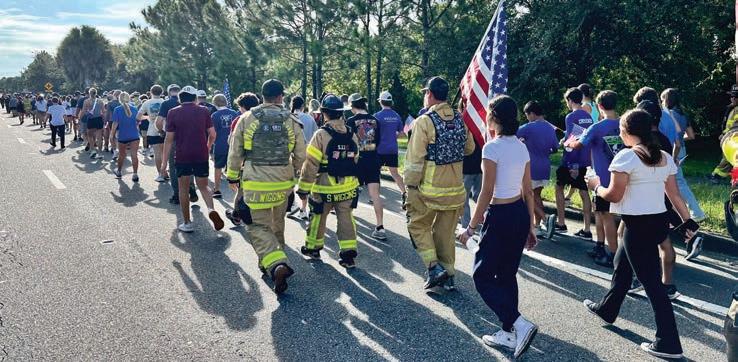
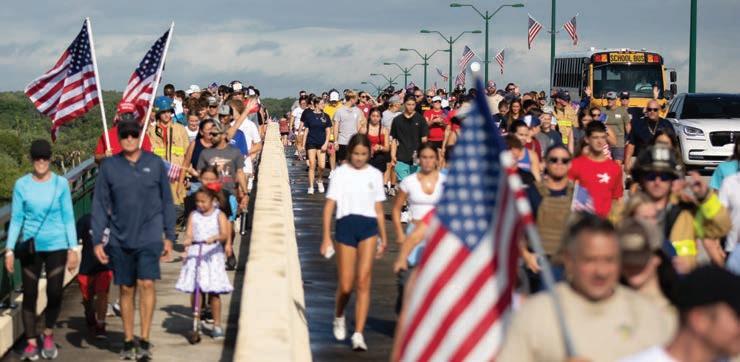
the 343 firefighters who sacrificed their lives to save others that day.
We’ll also never forget the hundreds of other first responders who later lost their lives due to Ground Zero-related illnesses, including the effects of toxic contaminants, traumatic injuries, and physical and emotional stress.
Thank you to all who helped organize the event, including the Martin County Sheriff's Office, theMartin County Police Athletic League, & theMartin County School District.
We also appreciate the attendance and participation ofMartin County Board of County Commissioners, local school students and staff, as well as many community members.
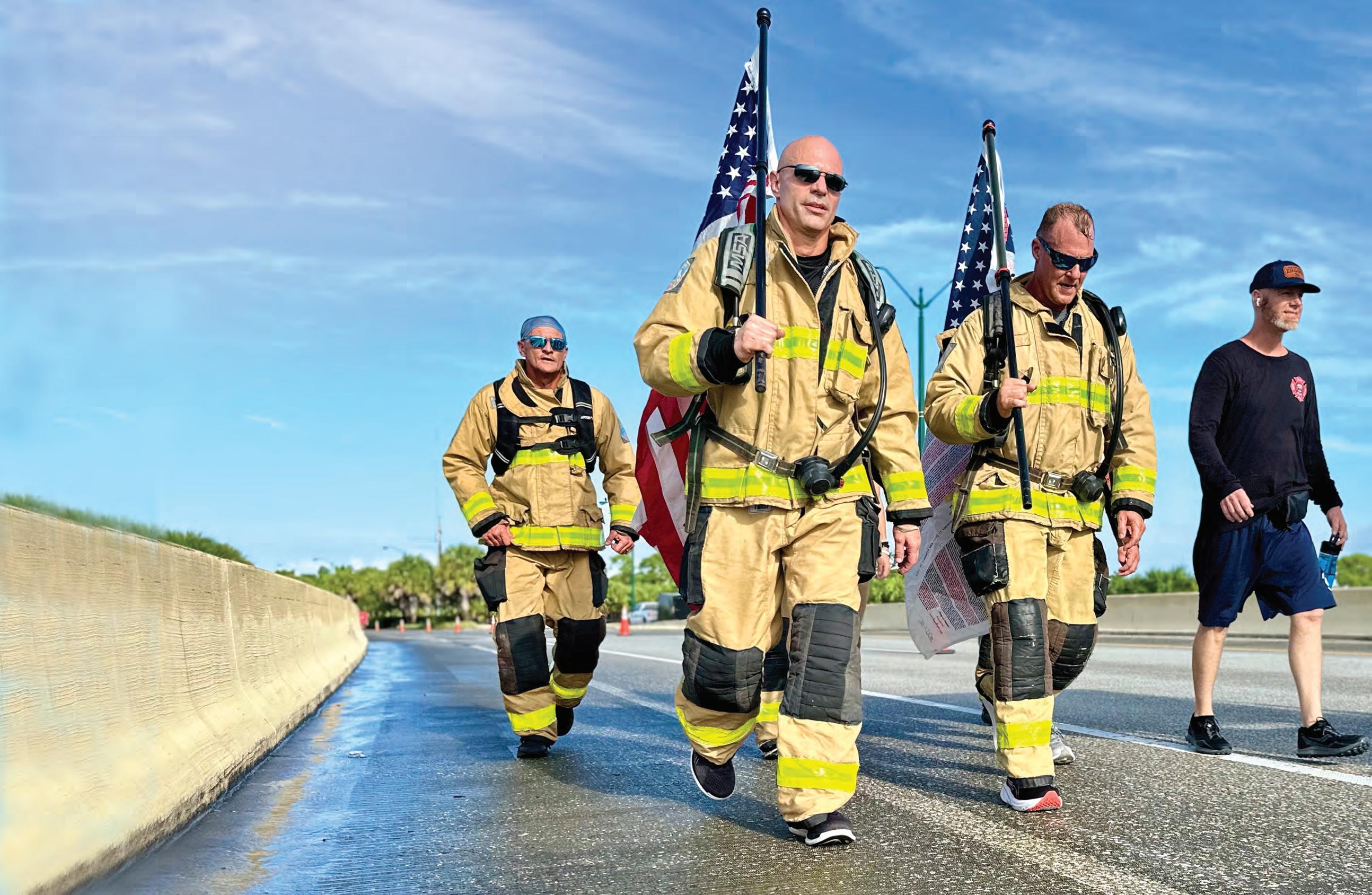
By Lacy Martin and Michael Tucker
On the morning of September 11th, 2024, the Hammock Beach Golf Resort & Spa hosted the deeply emotional and symbolic 4th Annual 9/11 Memorial Tribute Climb. The event was marked by the presence of Flagler County Fire Rescue units, a Palm Coast fire truck, and Flagler County Sheriff's Office motorcycles and mustangs, creating a powerful tribute to the fallen. With over 185 registered climbers and more than 100 spectators, the gathering honored the first responders who lost their lives in the tragic events of 9/11.
Organized by Lacy Martin, with dedicated support from Flagler Schools staff, local first responders, and agencies across Florida, the day served as a profound reminder of sacrifice, resilience, and unity.
The ceremony commenced at 8:15 AM with the Flagler Palm Coast High School JROTC

Color Guard proudly presenting the colors. Melanie DiMartino delivered a powerful rendition of the National Anthem, filling the air with a sense of solemn
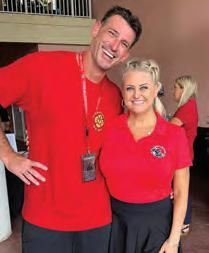
patriotism. One of the highlights of the morning was a heartfelt speech written by Amber Robinson, a student from Indian Trails Middle School, which concluded with a moment of silence. The Palm Coast Fire Department Pipe and Drums then played a haunting rendition of "Amazing Grace," bringing tears to many in attendance.

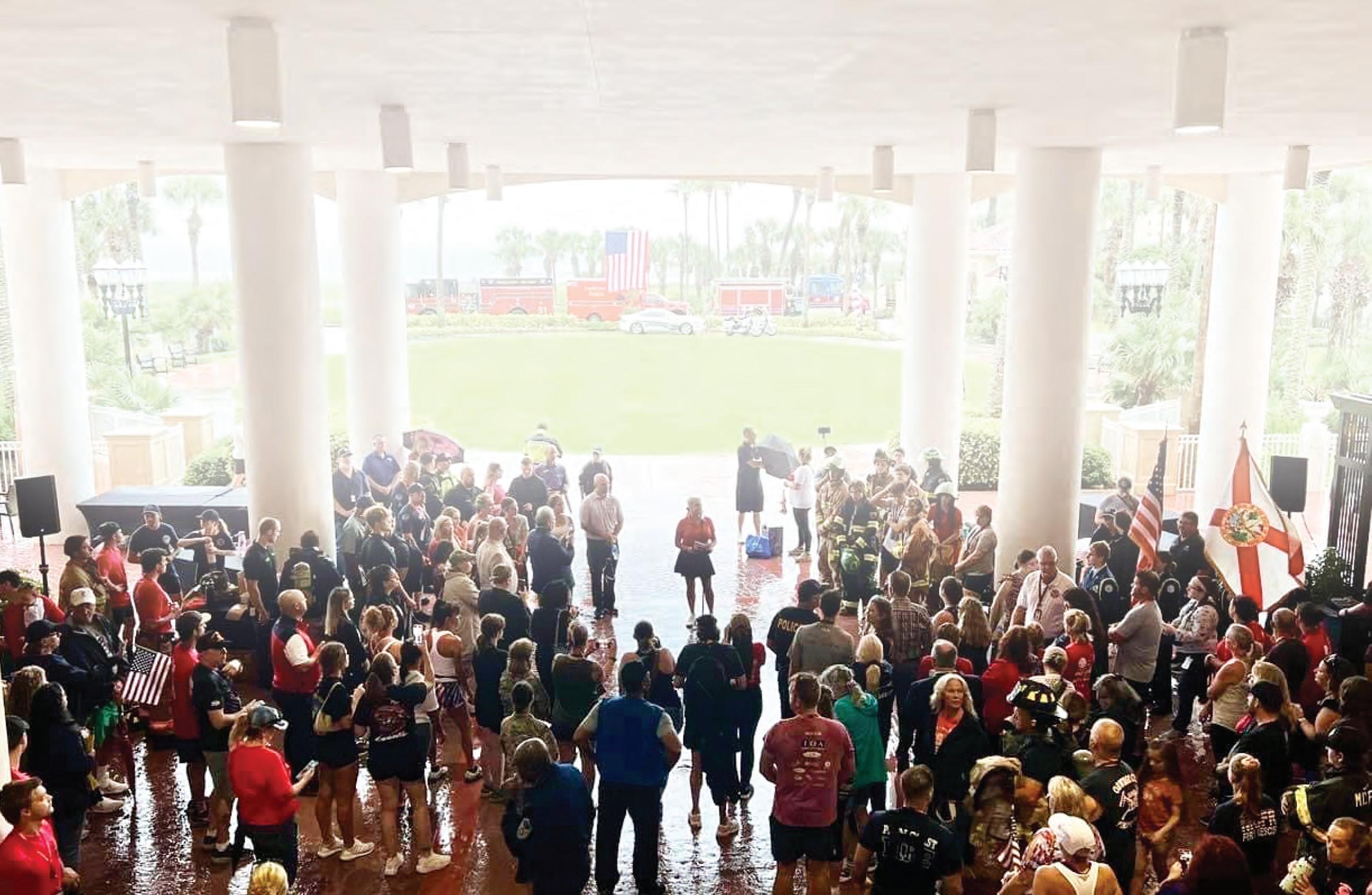
At exactly 8:46 AM, the time the first plane struck the North Tower, the sound of a wailing siren filled the air, signaling the beginning of the climb. Over 185 participants began their symbolic ascent of 110 flights of stairs, a tribute to the heroic efforts of the firefighters, paramedics, and police officers who climbed the World Trade Center towers on that fateful day 23 years ago. Each climber carried poker chips with the names of fallen first responders, a deeply personal and poignant way to honor the lives lost.
By 11 AM, all climbers had completed the climb, pushing through both the physical challenge and the emotional weight of the day.
The Hammock Beach Golf Resort & Spa graciously provided lunch to the participants, ensuring that everyone was nourished and able to reflect on the morning's events. Despite the
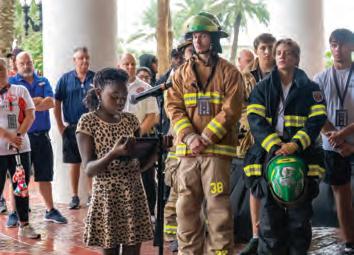
torrential early morning rain, the skies cleared in time for the climb, and the event proceeded smoothly, leaving a lasting impact on all involved.
One notable aspect of this year's climb was the introduction of sponsors, who generously provided event t-shirts for the climbers and had the option to promote their businesses at the event. This added a new layer of support and visibility, further enriching the event without detracting from its solemn purpose.
Since its inception in 2021, the 9/11 Memorial Tribute Climb has grown exponentially. What began as a small gathering of just 13 climbers—an idea born from a conversation between Flagler County firefighter paramedic Andy Thomas and Lacy Martin—has blossomed into a large-scale tribute with over 185 participants. This remarkable growth is a testament to the community’s dedication to remembering the fallen and honoring the first responders who risk their lives daily.
This year's event was, in every sense, a
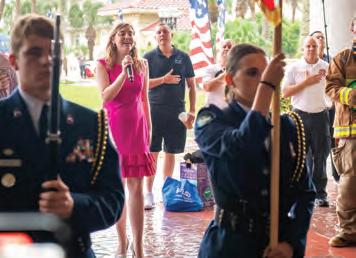

meaningful and well-executed tribute to those who made the ultimate sacrifice. As the crowd dispersed, many lingered to share stories, memories, and thoughts on the day, ensuring that the legacy of 9/11 continues to be honored for generations to come.

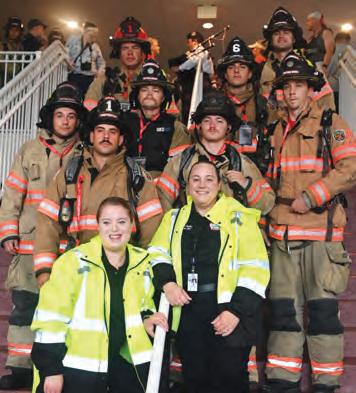
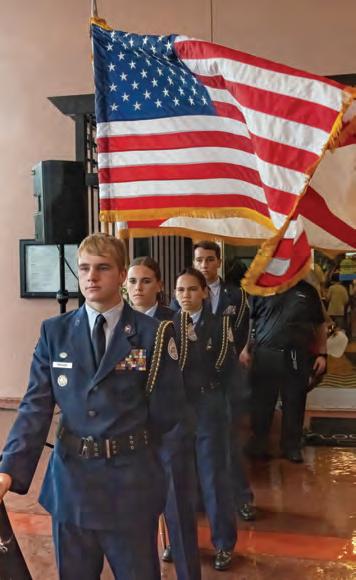
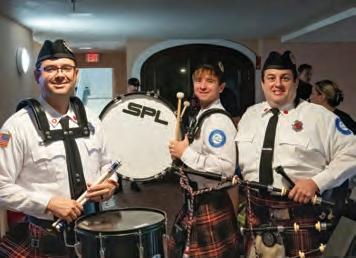

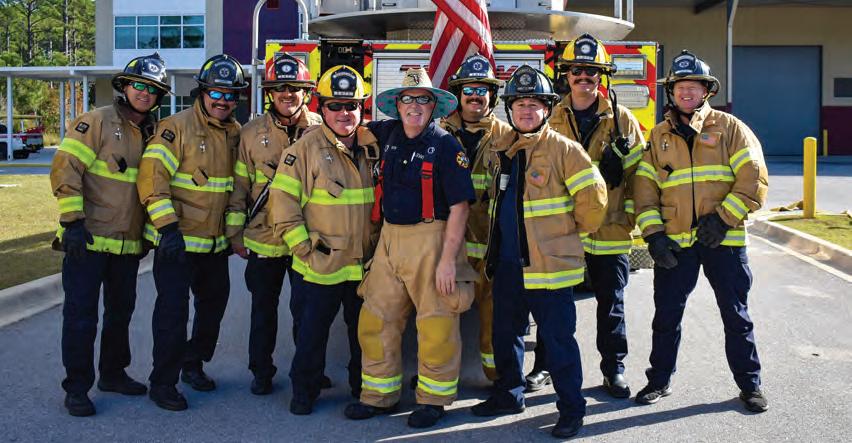
By Mackenzie McClintock, Public Information Officer
The South Walton Fire District bid “farewell” to one of its most tenured members of the agency’s existence on July 31, 2024. Firefighter/EMT Tommy Thompson’s career spanned more than 39 years and included time spent with several agencies throughout Northwest Florida.
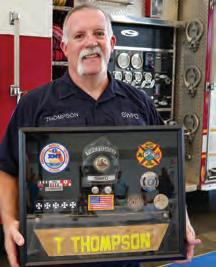
To celebrate his successful and meaningful career, members of the District took part in onsite and off-site retirement events, as well as Tommy’s final radio call.
His fellow firefighters know him as a true and passionate firefighter to his core, who led by example every day. He provided even the smallest acts of kindness knowing they could go a long way in making a difference in the lives of others.
At his District retirement event, SWFD Fire Chief Ryan Crawford asked the more than 100 firefighters in attendance: “Who learned something from Tommy about the job?”
Every firefighter in attendance raised their hand and cheered for Tommy, which is just one example of the many ways he impacted the local fire service. His tenacious and rambunctious personality will be sorely missed around SWFD’s stations, but the District knows Tommy won’t be a stranger. His wife, Leanne, was also an SWFD firefighter and they will forever be a part of SWFD’s tightknit family.
On behalf of everyone at SWFD, we would like to wish Tommy and Leanne a happy and healthy retirement. It is certainly well-deserved, and we are confident many more incredible memories are yet to come for them.
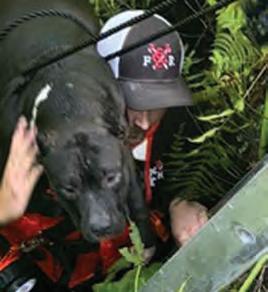
ByBrad Merritt, Office Manager
On August 28, 2024, Suwannee County Fire Rescue crews were dispatched to a private residence where a dog was trapped in a sinkhole.After determining the depth of the hole, Firefighter Hand was lowered into the hole and successfully rescued a large dog that was reunited to a very happy family.
By Andy Ayup, Communications Intern
The Oviedo Fire Department has installed its newest training tool: a forcible entry door. The door was purchased and built at Station 48 and is the second door purchased by the department for training purposes. The first door has been at Station 46 for about two years and is still in use by firefighters during recruit orientation. Crews are excited to use it for ongoing training. This equipment will allow firefighters to develop and strengthen the techniques necessary to enter a building in various scenarios such as rapid intervention during emergency situations and allows for various techniques like specifically spiking the jamb to be taught.
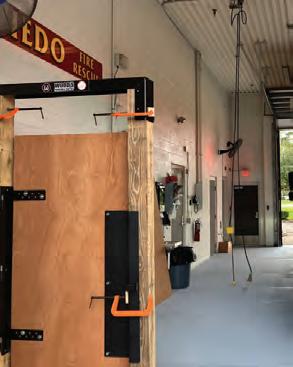
“While certain skills like hose line management and search techniques don’t require specialized equipment, there isn’ta good way to practice forcible entry without training props,” said Deputy Fire Chief Nichlaus Dorey.
Previously, firefighters had to travel to a designated training site to practice this skill, now they have the necessary equipment right at their own station. Fire officials said the investment was essential for properly preparing first responders.
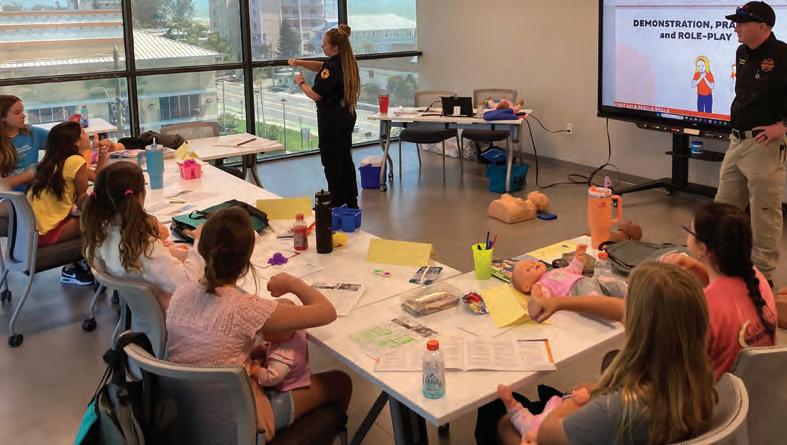
ByTrip Barrs, Fire Chief/Assistant City Manager
In August, Treasure Island Fire Rescue Life Safety Educator Mercedes Nelson-Palmer instructed a Safe Sitter expanded course to local students in grades 6-8. She was assisted by instructor in training Kyle Brooks from Englewood Fire Rescue. This class is designed to prepare older children to be safe when they’re home alone, watching younger siblings or babysitting. The instructor-led class was filled with fun games and role-playing exercises as well as instruction on how to screen jobs, discuss fees and greet employers. Students learned tips to manage behavior that will help them stay in control of themselves and the children in their care. Students also learned the ages and stages of child development, as well as practiced diapering, kitchen safety, childcare skills, first aid and basic rescue skills.


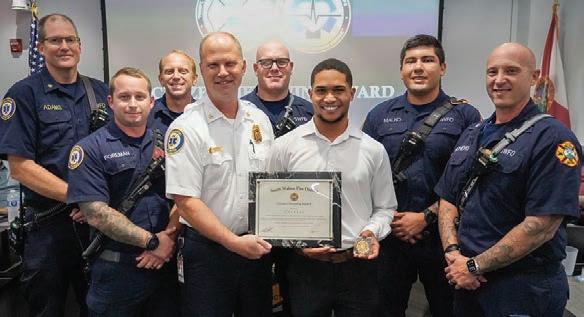
By Mackenzie McClintock, Public Information Officer
On March 3, 2024, a two-vehicle motor vehicle accident in Santa Rosa Beach resulted in one of the vehicles erupting into flames moments after the crash. Bystanders quickly recognized one of the drivers was entrapped within the burning vehicle and jumped to action, using a large rock on the side of the roadway to break open the driver’s side window and free the person inside.
As the bystanders pulled the individual out of harm’s way, the vehicle became engulfed in flames. While the driver was injured as a result of the accident, their injuries were overall far less serious due to the quick thinking of complete strangers, who acted bravely and selflessly without hesitation.
At the South Walton Fire District’s Board of Fire Commissioners Meeting on September 10, SWFD recognized Joel Clay with the Citizen Lifesaving Award for his tremendous actions on March 3. He was one of the individuals who used the large rock to break the window and free the entrapped driver
During the award presentation, Joel also met the responding firefighters who came to the scene of the accident. He has shared with SWFD that because of the incident, he wants to pursue a career in public safety and continue making a difference in the lives of others. We are hoping to help him facilitate this along the way.
Congratulations to Joel on this well-deserved award. His actions undoubtedly saved a life and have inspired SWFD to ensure his story is shared with the community.
It should be noted that several other bystanders who SWFD has not yet successfully identified also contributed greatly to the overall outcome of the event. SWFD also wants to utilize its platform to commend their actions that day.
South Walton Fire District is welcoming the arrival of Engine 6. Here are some quick facts about the apparatus. It is a 2024 Pierce Saber with a Cummins L9 Engine and includes a Waterous 1500 GPM Pump, 750 Gallon water tank and West Coast Mirrors.
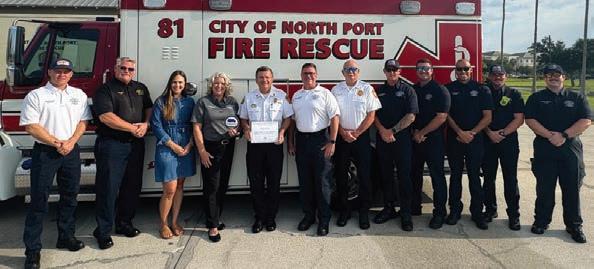
By Dave Ingalls, District Chief/PIO
After a comprehensive two-year process, North Port Fire Rescue has achieved a significant milestone by receiving accreditation from the Commission on Accreditation of Ambulance Services (CAAS). This prestigious accreditation recognizes the department's compliance with rigorous national standards of excellence in emergency medical services (EMS). North Port Fire Rescue now joins an elite group of just over 180 ambulance services nationwide to successfully complete this voluntary review process.
The CAAS accreditation process involved an in-depth application and a thorough on-site review by national EMS experts. The independent evaluation validates that accredited agencies adhere to the highest standards in the industry. With this achievement, North Port Fire Rescue becomes only the 26th ambulance service in Florida to receive CAAS accreditation.
Fire Chief Scott Titus emphasized the importance of this accomplishment, stating, “Accreditation represents our firm commitment to our patients and community.We continuously strive to do our best, and we viewed accreditation as validation to our community of continual progress in the delivery of exceptional service.”
Chief Titus also highlighted the pivotal role of the department’s staff in achieving this success. “Our staff has been key to our successful completion of the process. It gives a sense of prestige and pride to work in an accredited ambulance service, surrounded by exceptional professionals,” he said. “Everyone here played a valuable role in our ability to meet the Commission’s high standards, and I believe it serves as a stimulus for continued improvement.”
On Tuesday August 20, 2024, Santa Rosa County Board of County Commissioners recognized Mykayla Ludwick, a Senior Lifeguard, and Certified PWC Rescue Operator at Navarre Beach Fire Rescue’s Beach Safety Division for her vital role in her team winning a national title.
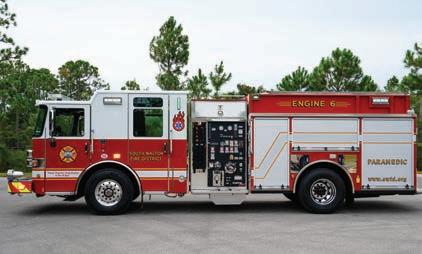
Mykayla was also recognized by Fire Chief Danny Fureigh with a certificate of Recognition and a Fire Chief’s coin of excellence.
Makayla Ludwick along three other Palm Beach County female lifeguards were named National Champions 2024 United States Lifesaving Association National Lifeguard Championships held in South Padre Island, Texas. Makayla was the rescue swimmer that beat everyone out to the buoy where she secured her “victim” and raced back to the beach where two other guards would pick up the victim and carried it across the finish line to win a National Title!
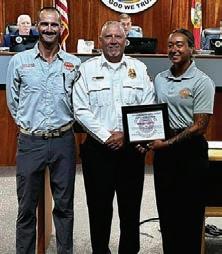
ByPatrick Juliano, FirePublic Information Officer, The Palm Coast Fire Department
The Palm Coast Fire Department is thrilled to announce that it has successfully secured the Fiscal Year 2023 Assistance to Firefighters Grant (AFG), valued at $57,294. This grant, administered by the U.S. Department of Homeland Security, will support the training of nine firefighter-EMTs.
The Palm Coast Fire Department applied for this grant in March 2024, presenting a compelling proposal to fund the training costs
for these crucial roles. The department received notification of its successful application in August 2024, with the Palm Coast City Council unanimously approving the acceptance of the AFG grant at their August 27 meeting.
As a non-transport, Advanced Life Support fire agency, the Palm Coast Fire Department maintains a minimum staffing requirement of at least one paramedic per frontline apparatus. Currently, 51% of its 74 full-time personnel are
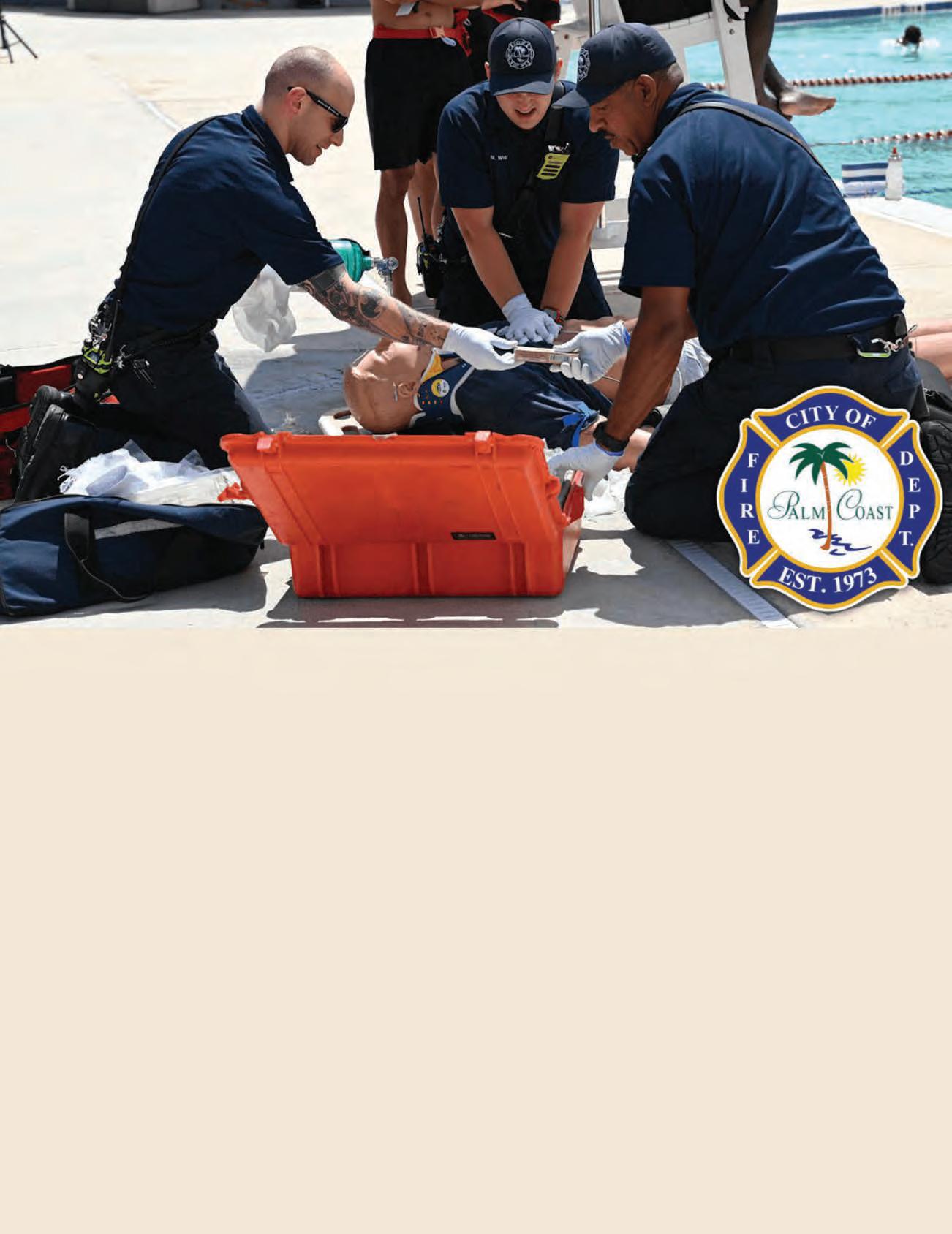
trained as paramedics. With this grant, the department will enhance its Advanced Life Support capabilities from 51% to 77% over the next two years. Firefighters will embark on a fourteen-month, four-semester paramedic program aligned with the National Standard Curriculum by the National Highway Traffic Safety Administration.
Palm Coast Mayor David Alfin expressed his enthusiasm, stating, “Securing the Assistance to Firefighter Grant is a pivotal step for the Palm Coast Fire Department. This empowers us to equip our firefighters with life-saving skills and advanced training, enabling them to deliver a higher level of service to our community. The additional training of firefighters as paramedics underscores the life-saving potential this brings to our community.”
The AFG award program totals $57,294 and includes a cost-sharing arrangement of 90% federal funding ($52,085.45) and 10% local funding ($5,208.55). The first group of students will begin their paramedic training in January 2025 at Daytona State College and First Coast Technical College.
